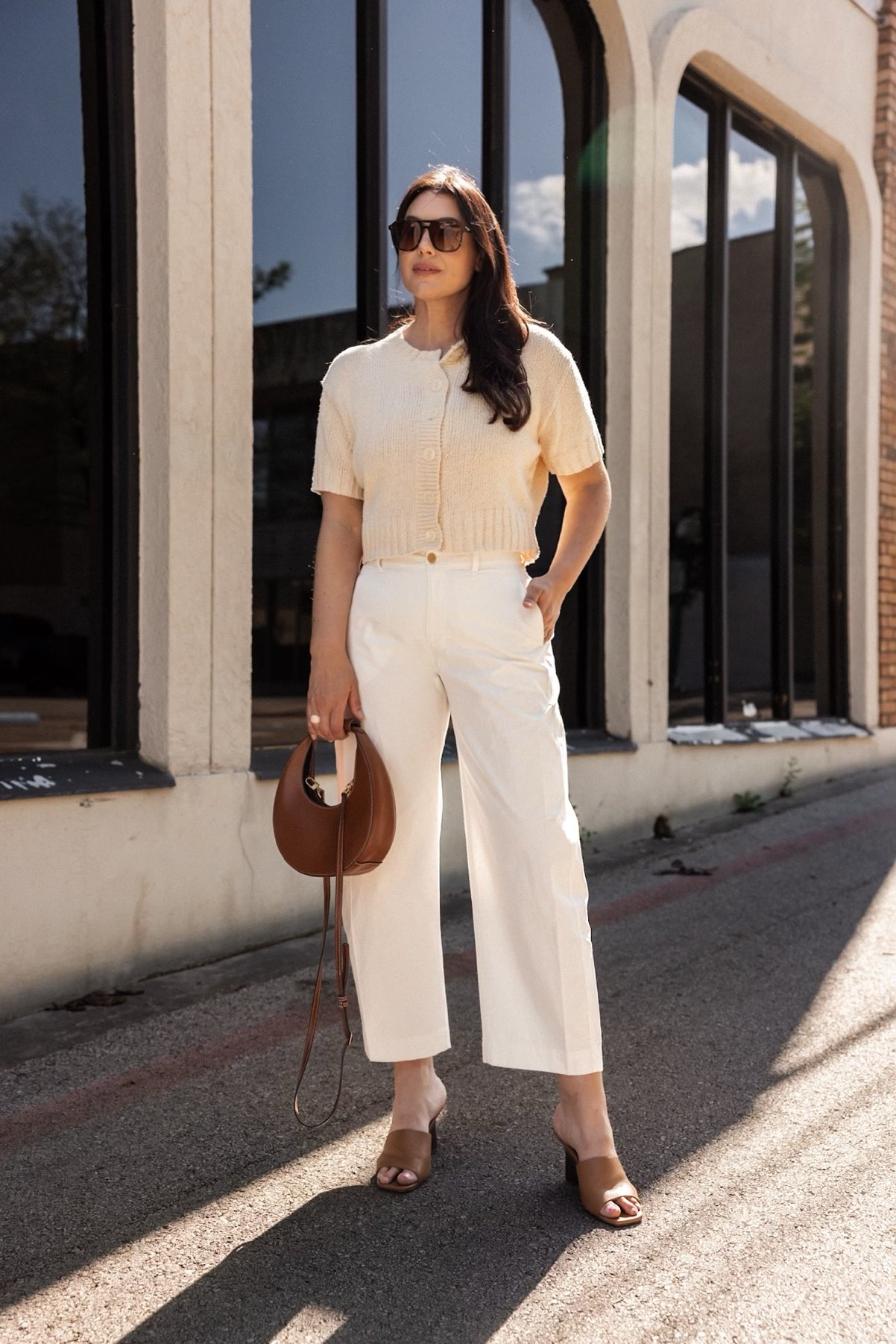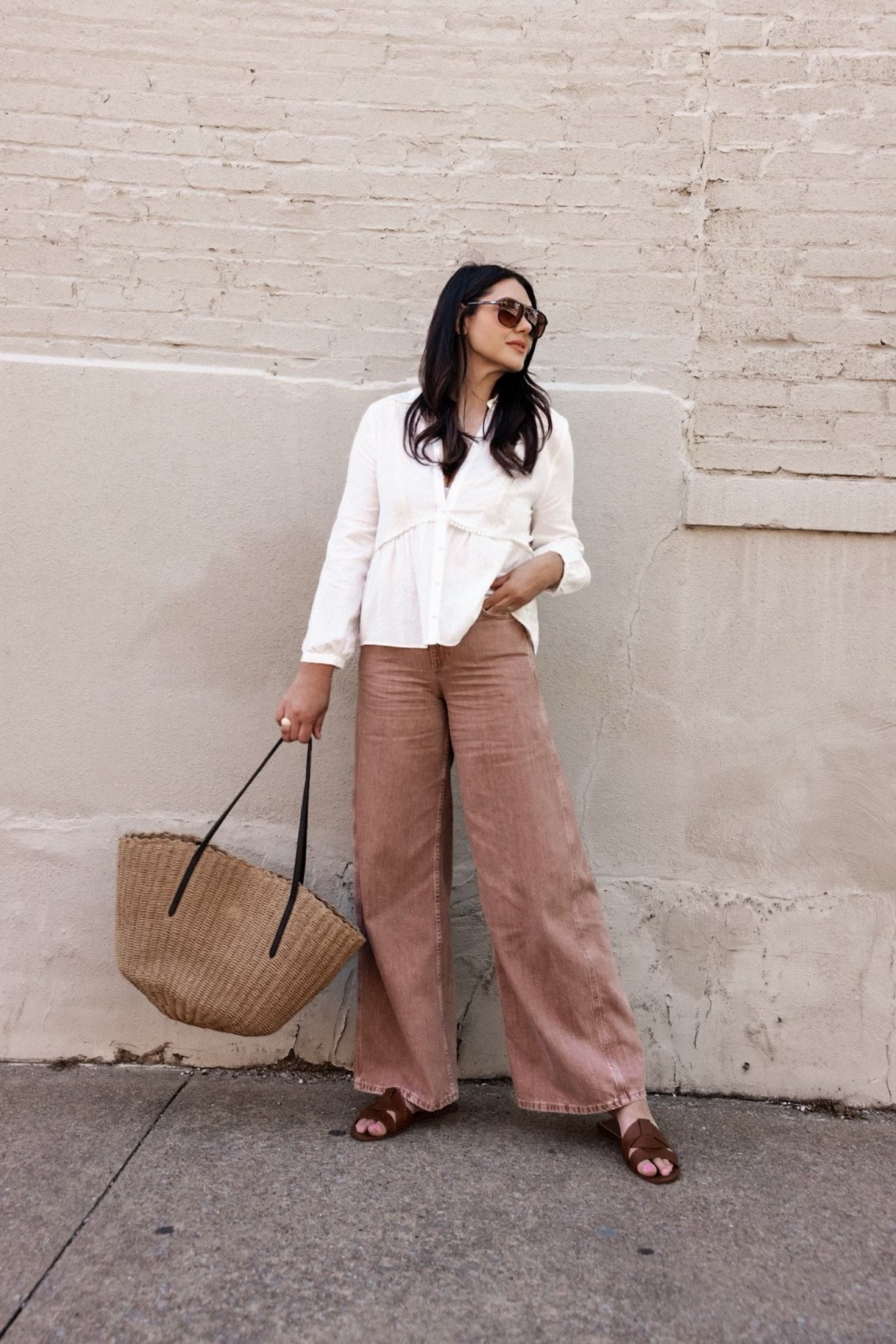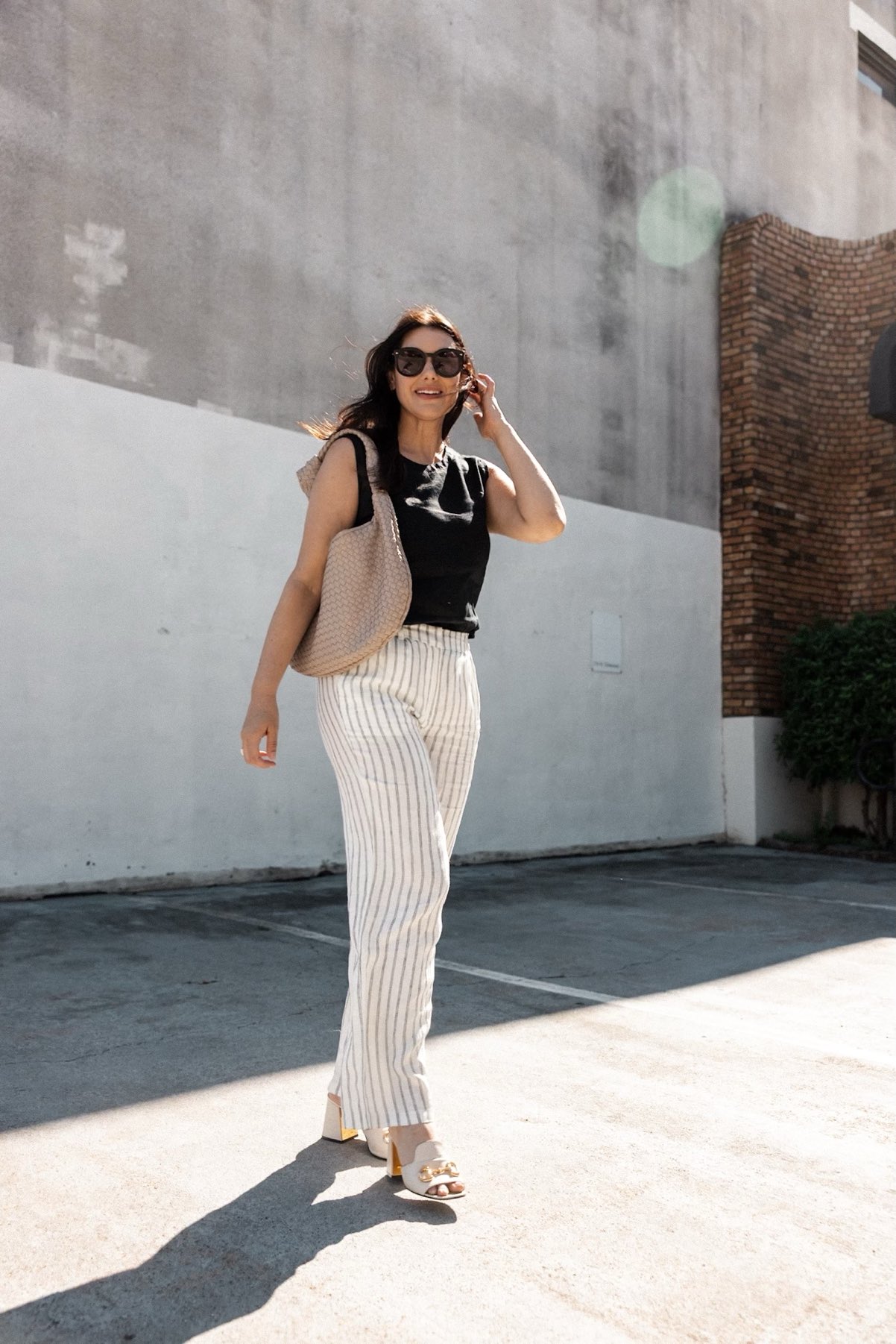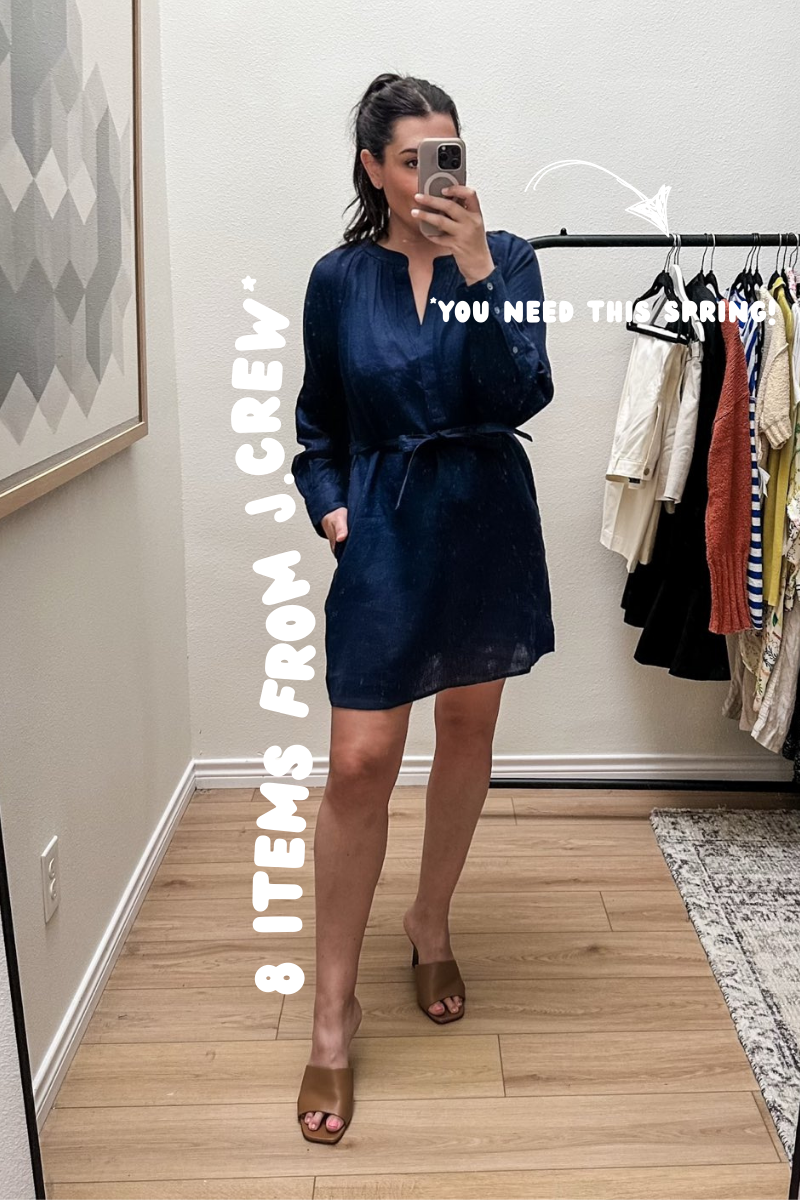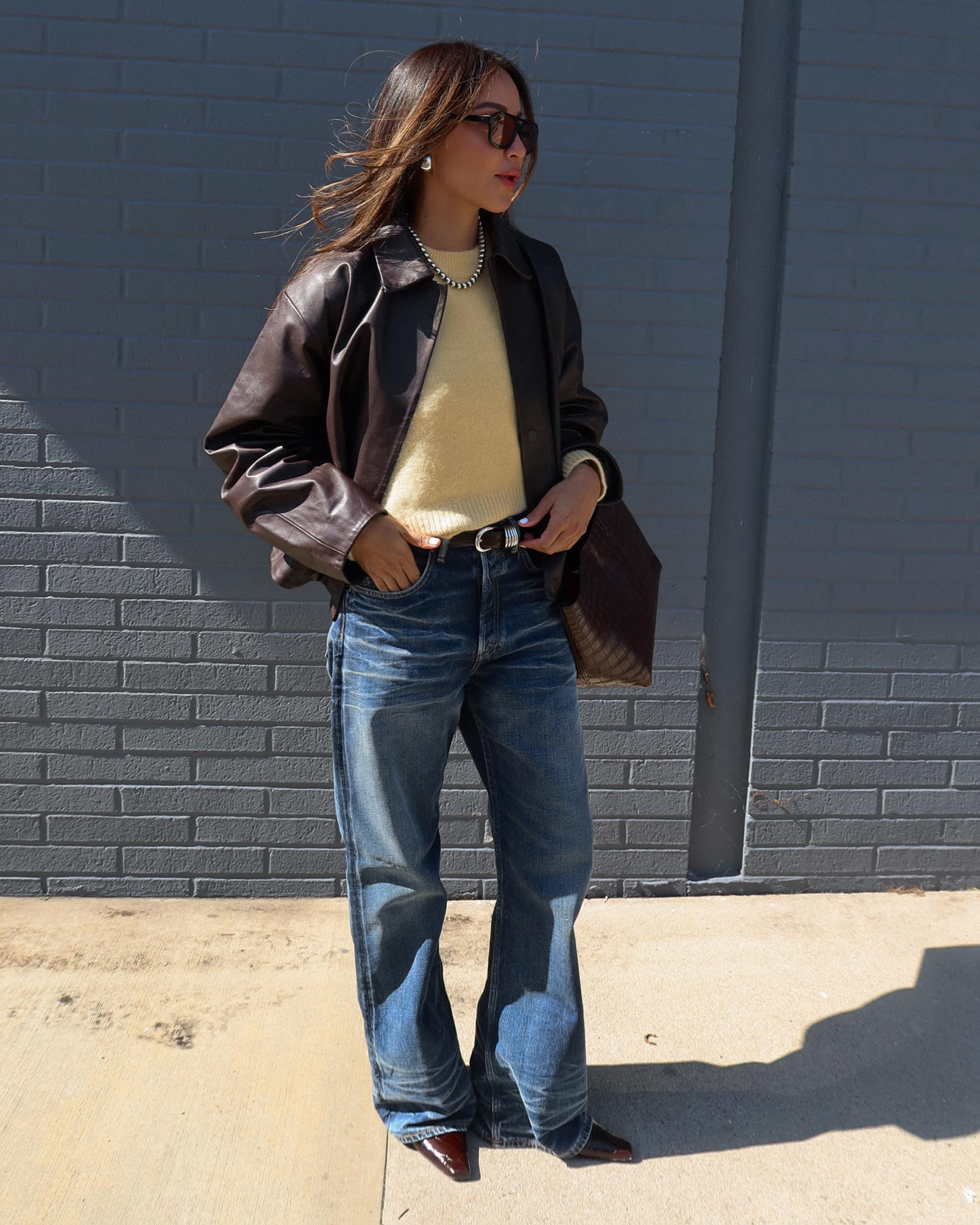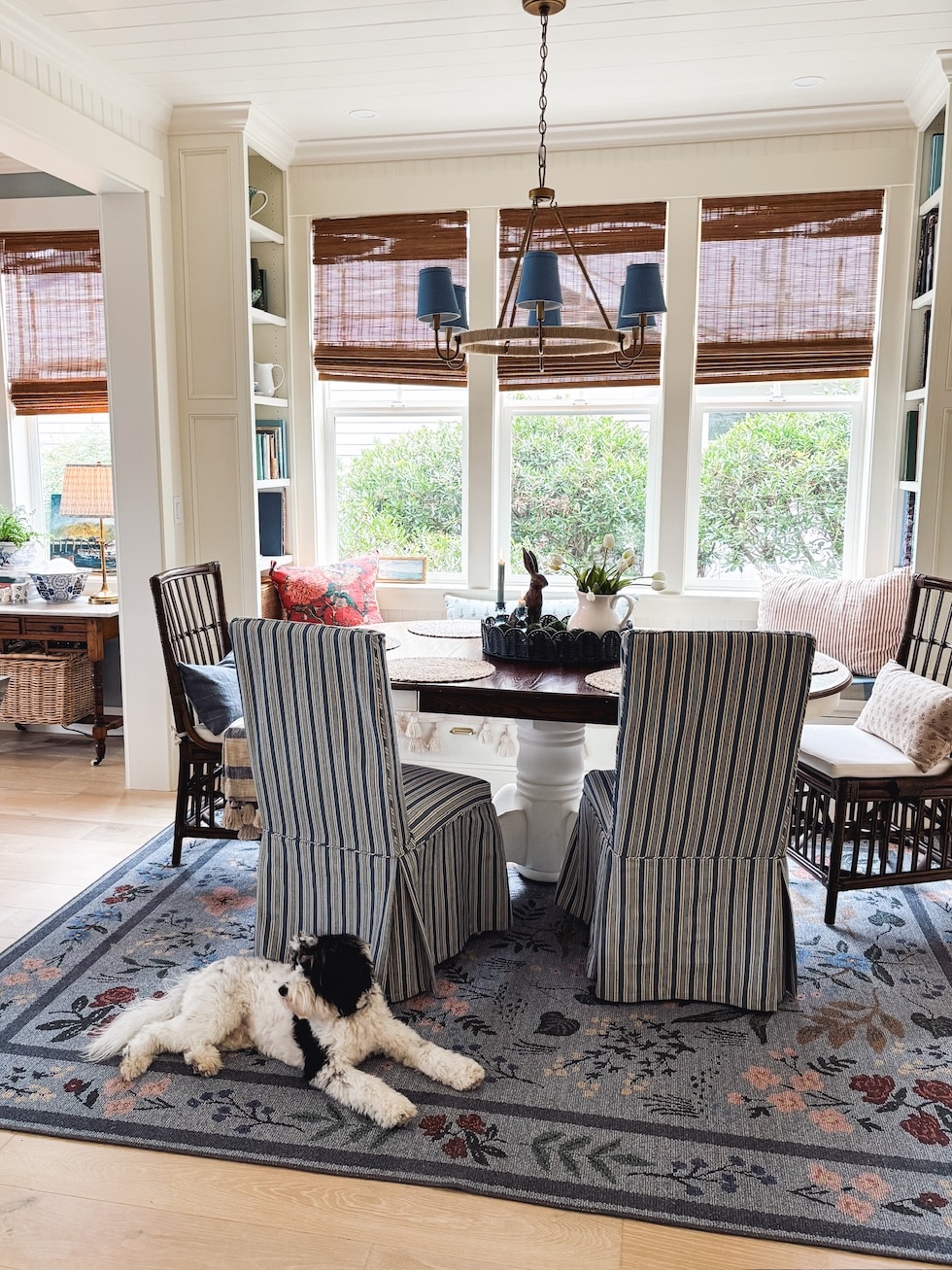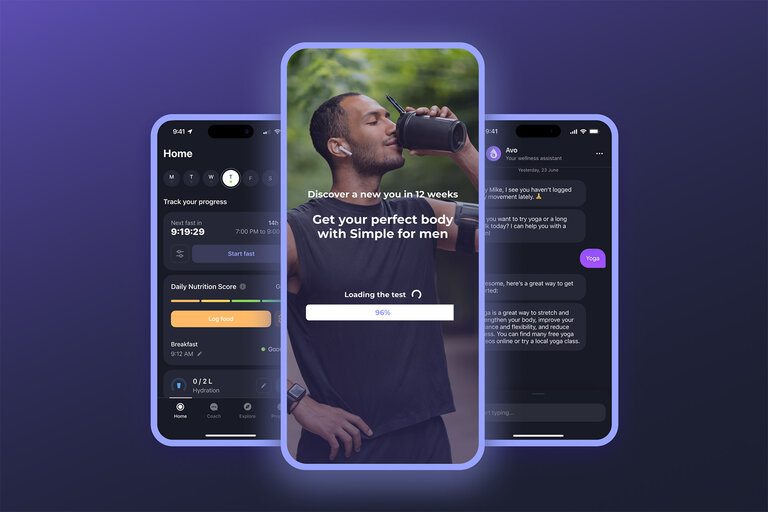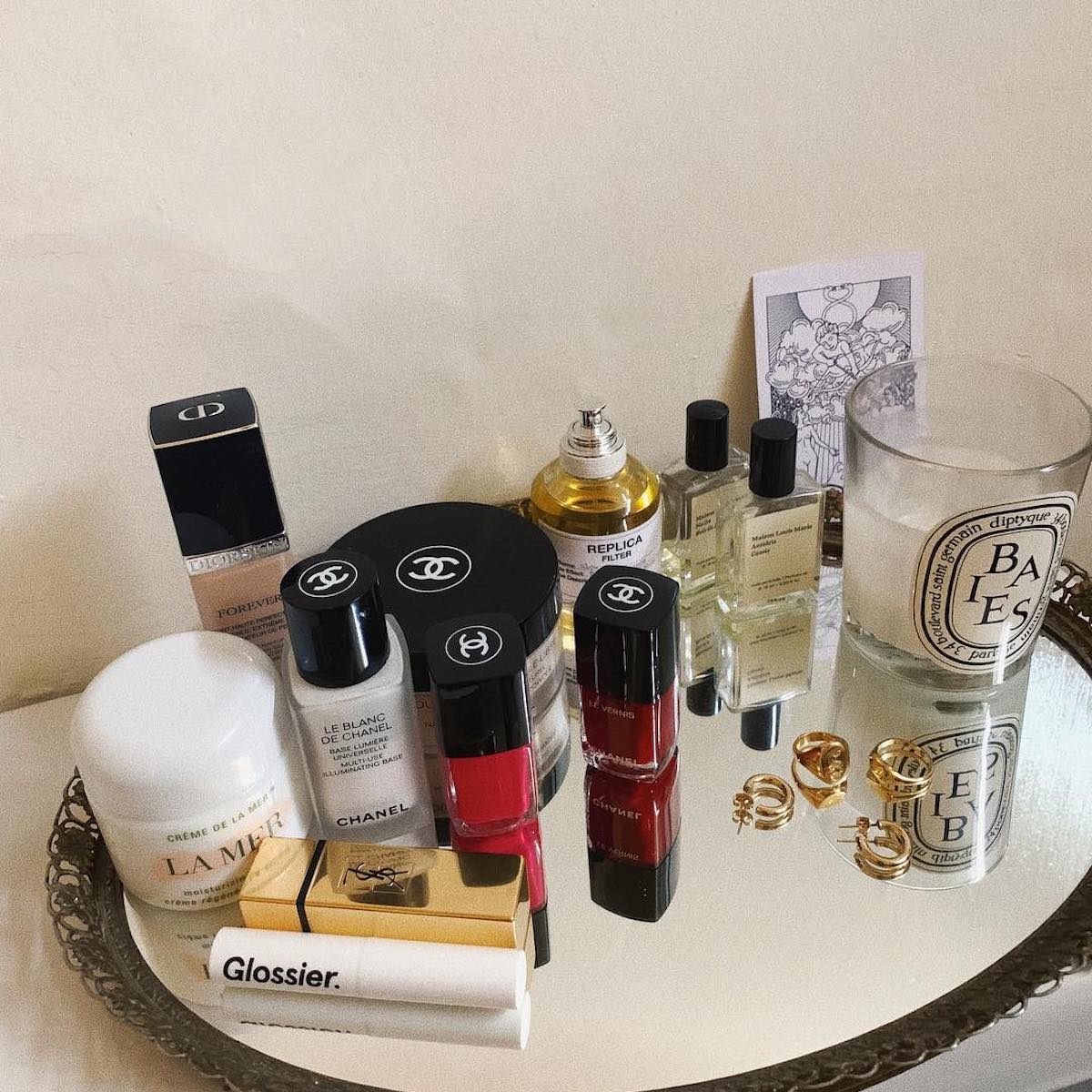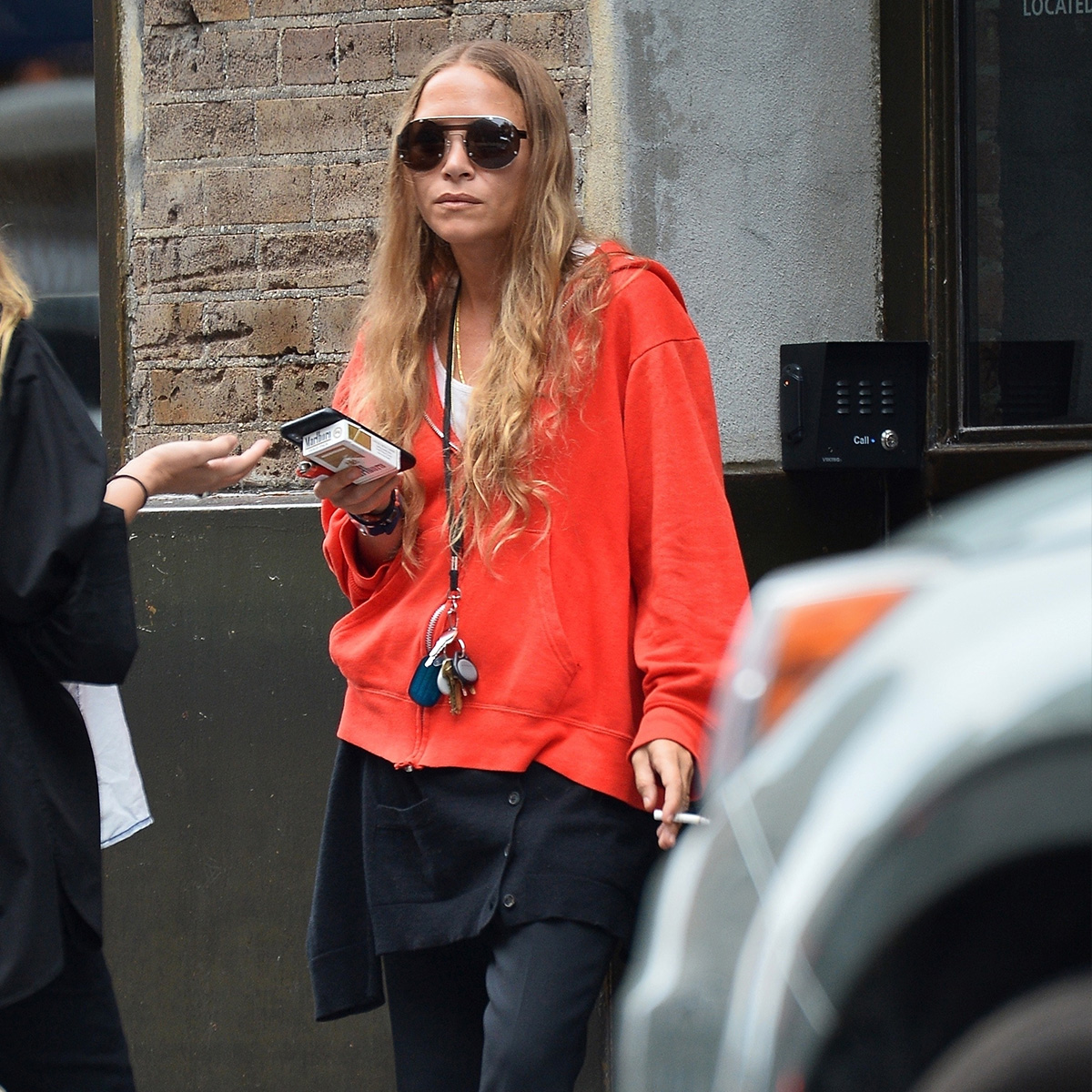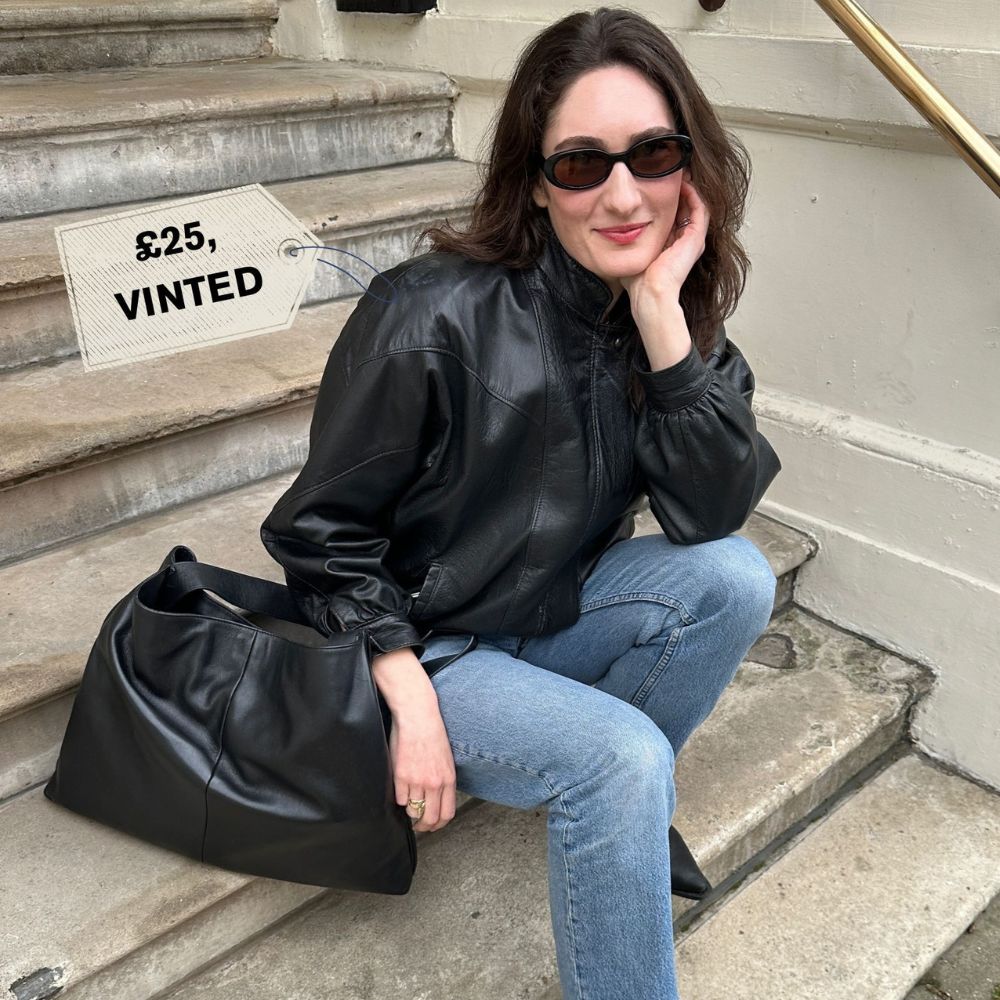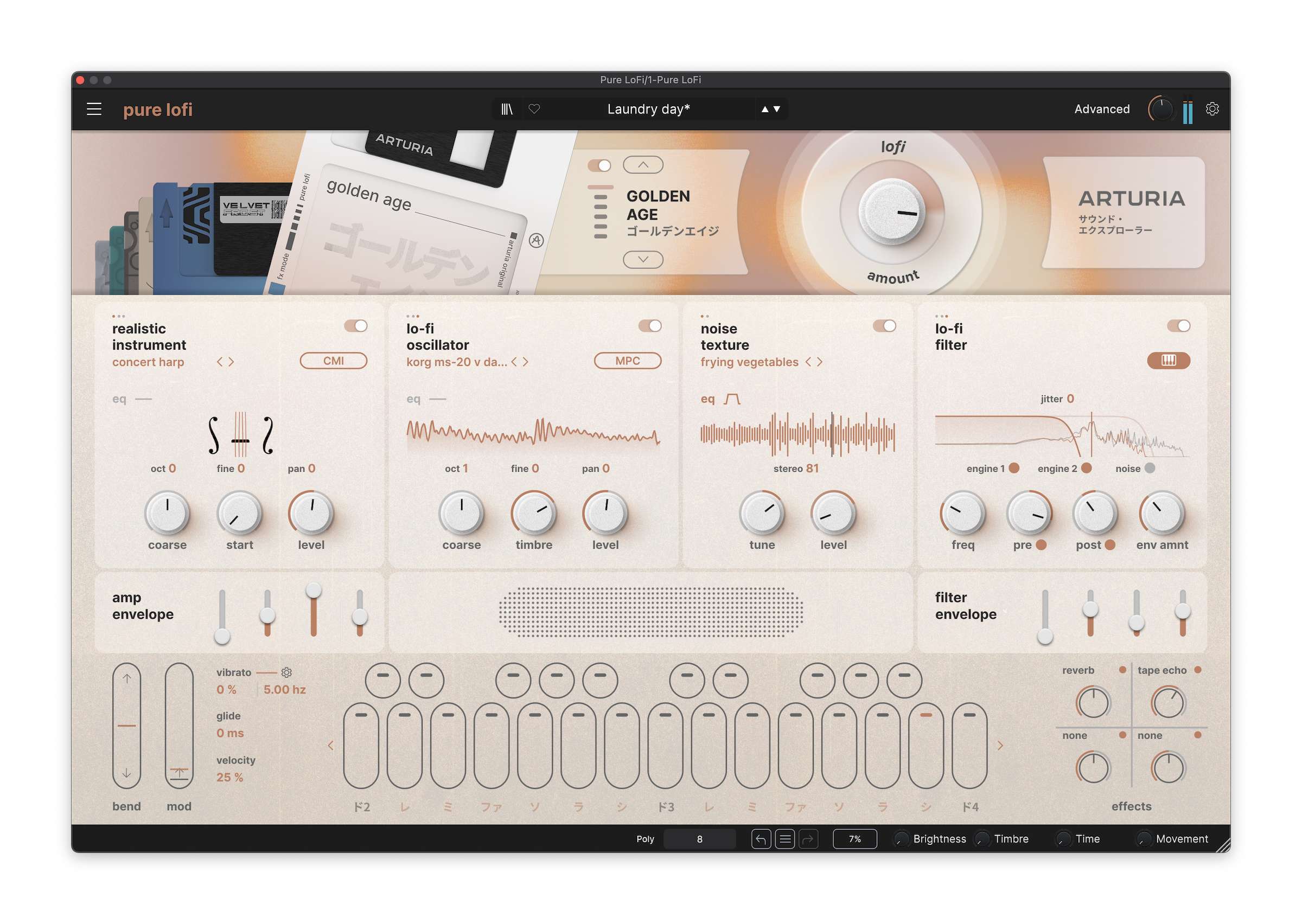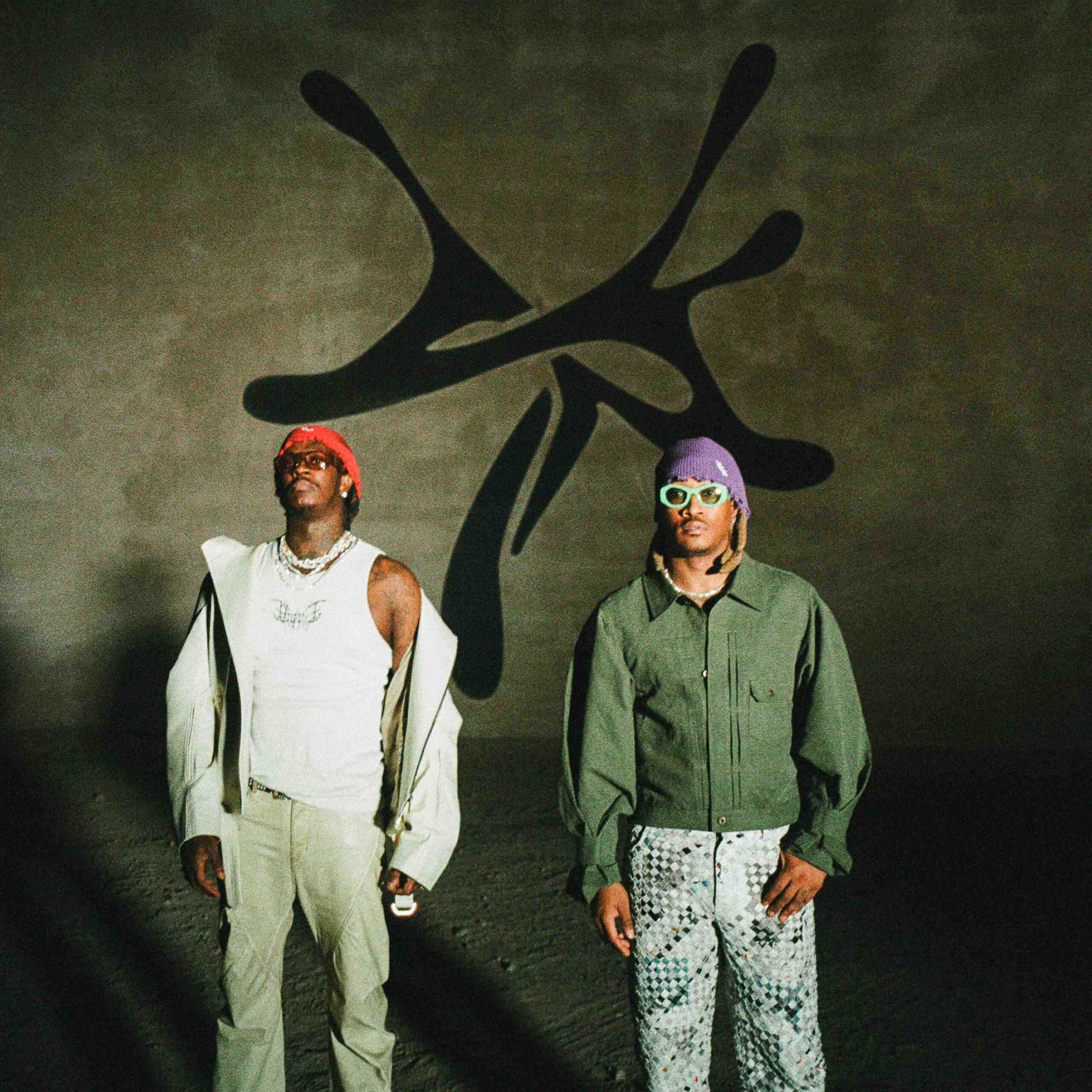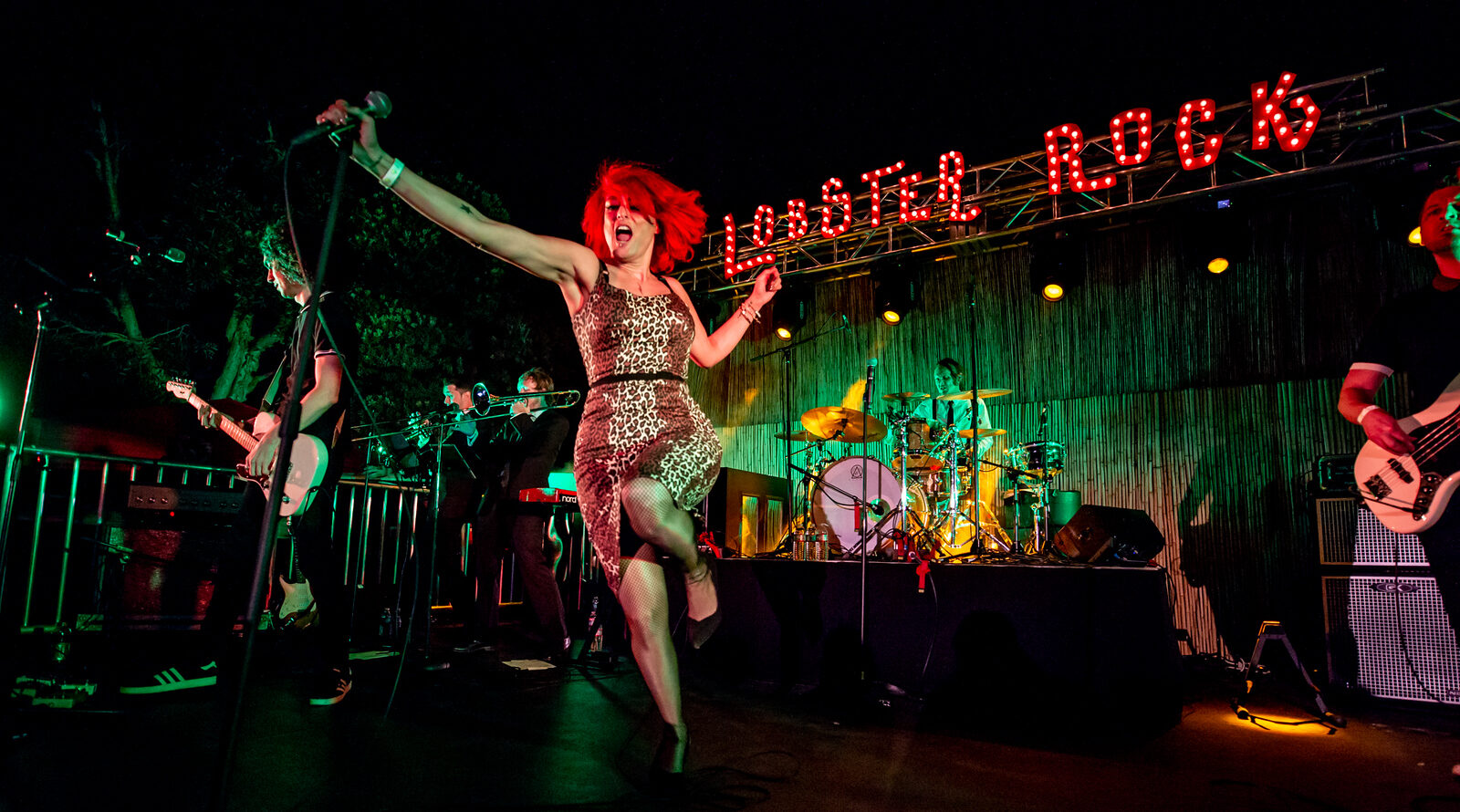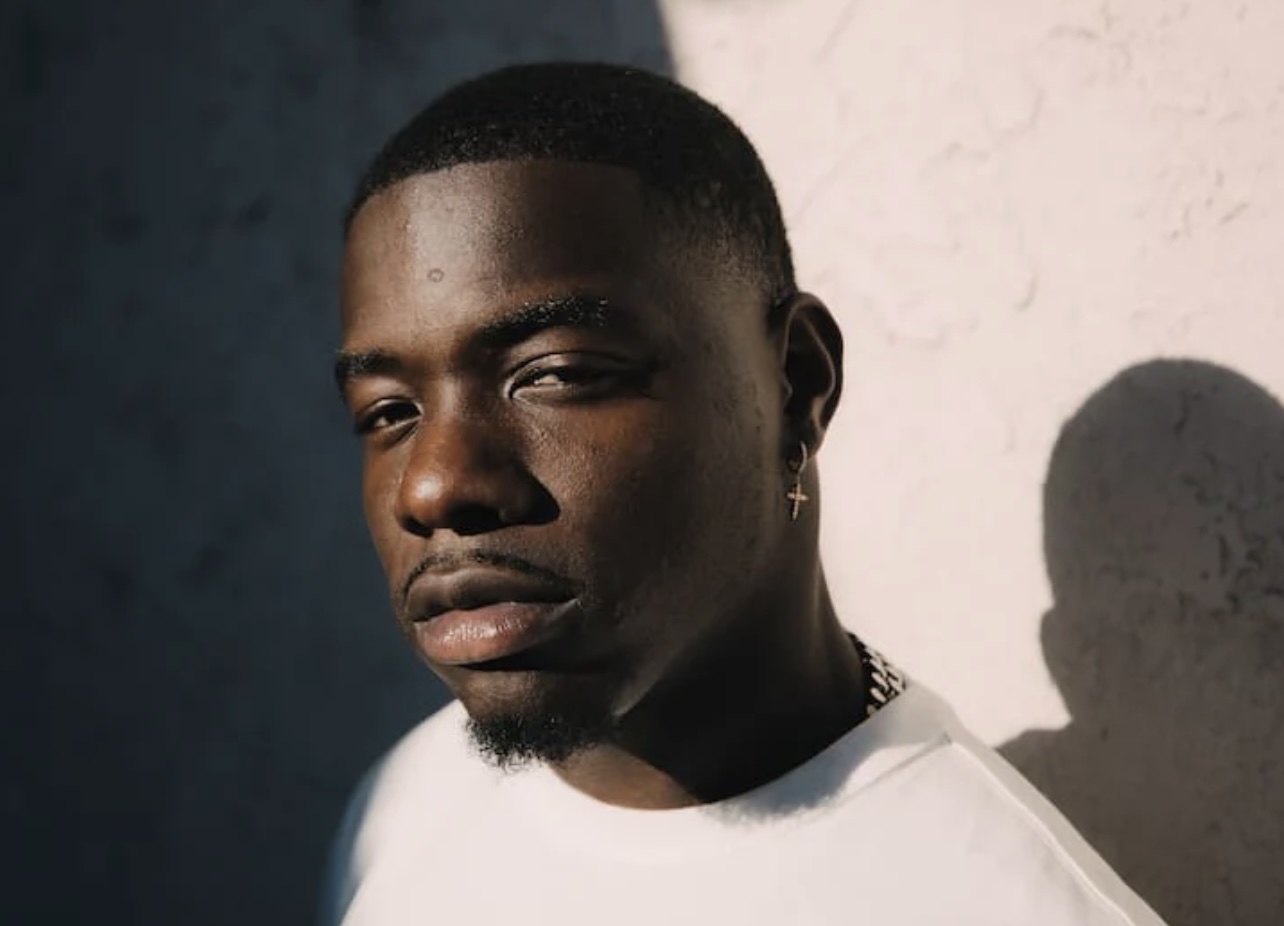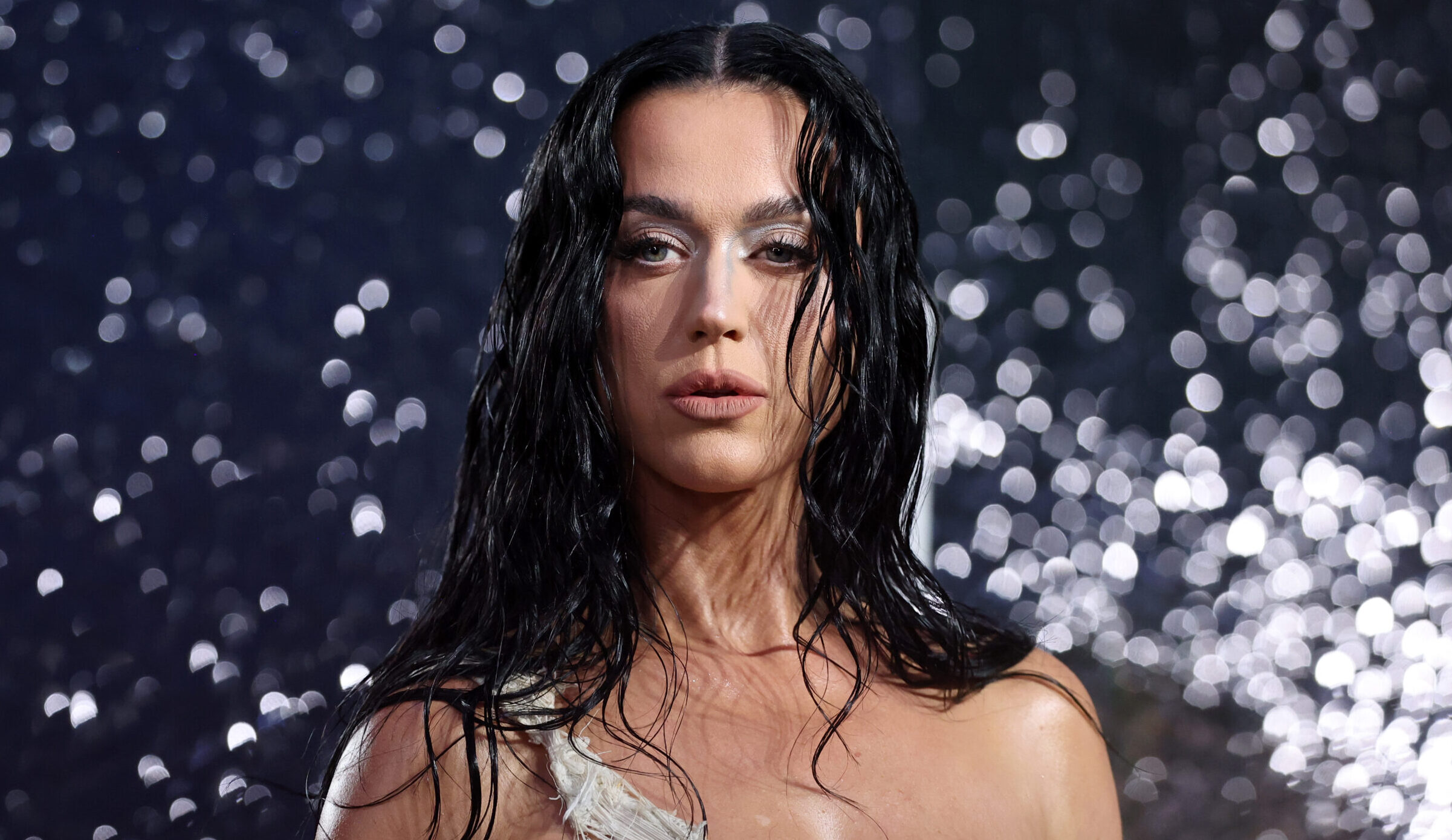What are the best Instagram alternatives for photographers?
It's not a secret that many people are frustrated with the direction of Instagram. Its list of infractions is long: its default algorithmic feed isn't chronological and pushes content from people you don't follow, the content is over-commercialized, your photos are automatically cropped, there are too many ads, too many videos and so on. But for so long, Instagram has been the primary platform for photographers and creatives to share their work and build a community. So, where does that leave us? For those interested in staying involved with social media, Instagram's shifted focus has resulted in anything but a vacuum of options for photographers. Plenty of apps have popped up, and there's even been something of a resurgence of some old-school platforms. Foto app Images: Foto The Foto app is one of the newest kids on the block that has popped up as an alternative to Instagram. It doesn't crop your photos or support videos, it's completely ad-free and the feed is chronological. Photos have the option for captions, and you can add and respond to comments on each post. Unlike other alternatives, you can publicly see the like count on each image, though some may consider that a negative. There are no public-facing follower counts, however. Foto partly stands out from other Instagram alternatives because you can use it for free. In fact, at the time of writing, it is entirely free. There will be a paid "Pro" subscriber plan in the future with features like a portfolio, shop and more. However, the website says that there will always be "a high-quality free tier so anyone can freely use Foto." The app is available on Android and iOS devices, but there is no web-based version at the time of writing. I've been using Foto a little bit, and I have been impressed by the clean user interface. There isn't a long list of things to check when posting, so it's much simpler and straightforward compared to Instagram. You're also limited to three preset tags on posts, which helps reduce the noise when looking for certain types of content. It's a simple, easy-to-navigate platform that feels refreshing compared to Instagram. Of course, Foto is quite new, so there will be growing pains as they continue developing the app. That also means lots of opportunities for exciting new features as it improves; you just need to be patient for those. Additionally, while Foto makes it clear that the app is for everyone, even non-photographers, it is inherently going to attract those interested in photography, thereby limiting your audience. VSCO Images: VSCO VSCO is perhaps best known as an editing platform with its expansive list of presets and editing tools. However, it also functions as a social media platform that fosters creativity and expression over social metrics. It doesn't display likes, follows or repost metrics publicly, aiming to keep competition and comparison out of the experience. In fact, unless you manually count each like or repost, you can't even see a total on your own images. There are no ads of any sort and no promoted posts getting pushed to your feed. Put simply, VSCO pared things down to keep the focus on the photos. There aren't even comments on VSCO, so the only text that exists is in the caption field. One of the platform's unique features is the ability to reshare work from others to your profile, allowing you to create your own curated gallery of sorts. There is a completely free version of VSCO, which allows users to access basic editing tools and share on the platform. However, memberships, at either $30 per year or $60 per year, unlock more features and tools. It's available on Android and iOS devices and there's also a web version. I've been a VSCO user for years, and one of the things I appreciate is the way the company works to foster creativity and community. Monthly photo prompts and various open calls get you to try new things or share your work. These prompts are an opportunity to gain visibility or even get paid for your work, with VSCO selecting some to promote and license for upcoming campaigns. There's also lots of educational and inspirational content available through the app, making it a place to learn and grow. Plus, the web version of VSCO serves as a platform for people to hire photographers, so it could be a way to connect with clients. Glass Images: Glass Glass officially launched in August 2021, shortly after Instagram lead Adam Mosseri said the platform was "no longer just a square photo-sharing app". It initially launched exclusively for iPhones, but is now available for any iOS device, Android, Windows and web. Glass is unique because it is focused on features that appeal to serious photographers, including full EXIF data, camera and lens insights, minimal image compression and support for P3 wide color. Whereas Foto is meant as an app for anyone, Glass is geared toward dedicated photographers. Like Foto, Glass is ad-free and algorithm-free. Instead,
It's not a secret that many people are frustrated with the direction of Instagram. Its list of infractions is long: its default algorithmic feed isn't chronological and pushes content from people you don't follow, the content is over-commercialized, your photos are automatically cropped, there are too many ads, too many videos and so on. But for so long, Instagram has been the primary platform for photographers and creatives to share their work and build a community. So, where does that leave us?
For those interested in staying involved with social media, Instagram's shifted focus has resulted in anything but a vacuum of options for photographers. Plenty of apps have popped up, and there's even been something of a resurgence of some old-school platforms.
Foto app
 |
| Images: Foto |
The Foto app is one of the newest kids on the block that has popped up as an alternative to Instagram. It doesn't crop your photos or support videos, it's completely ad-free and the feed is chronological. Photos have the option for captions, and you can add and respond to comments on each post. Unlike other alternatives, you can publicly see the like count on each image, though some may consider that a negative. There are no public-facing follower counts, however.
Foto partly stands out from other Instagram alternatives because you can use it for free. In fact, at the time of writing, it is entirely free. There will be a paid "Pro" subscriber plan in the future with features like a portfolio, shop and more. However, the website says that there will always be "a high-quality free tier so anyone can freely use Foto." The app is available on Android and iOS devices, but there is no web-based version at the time of writing.
I've been using Foto a little bit, and I have been impressed by the clean user interface. There isn't a long list of things to check when posting, so it's much simpler and straightforward compared to Instagram. You're also limited to three preset tags on posts, which helps reduce the noise when looking for certain types of content. It's a simple, easy-to-navigate platform that feels refreshing compared to Instagram.
Of course, Foto is quite new, so there will be growing pains as they continue developing the app. That also means lots of opportunities for exciting new features as it improves; you just need to be patient for those. Additionally, while Foto makes it clear that the app is for everyone, even non-photographers, it is inherently going to attract those interested in photography, thereby limiting your audience.
VSCO
 |
| Images: VSCO |
VSCO is perhaps best known as an editing platform with its expansive list of presets and editing tools. However, it also functions as a social media platform that fosters creativity and expression over social metrics. It doesn't display likes, follows or repost metrics publicly, aiming to keep competition and comparison out of the experience. In fact, unless you manually count each like or repost, you can't even see a total on your own images.
There are no ads of any sort and no promoted posts getting pushed to your feed. Put simply, VSCO pared things down to keep the focus on the photos. There aren't even comments on VSCO, so the only text that exists is in the caption field. One of the platform's unique features is the ability to reshare work from others to your profile, allowing you to create your own curated gallery of sorts.
There is a completely free version of VSCO, which allows users to access basic editing tools and share on the platform. However, memberships, at either $30 per year or $60 per year, unlock more features and tools. It's available on Android and iOS devices and there's also a web version.
I've been a VSCO user for years, and one of the things I appreciate is the way the company works to foster creativity and community. Monthly photo prompts and various open calls get you to try new things or share your work. These prompts are an opportunity to gain visibility or even get paid for your work, with VSCO selecting some to promote and license for upcoming campaigns. There's also lots of educational and inspirational content available through the app, making it a place to learn and grow. Plus, the web version of VSCO serves as a platform for people to hire photographers, so it could be a way to connect with clients.
Glass
 |
| Images: Glass |
Glass officially launched in August 2021, shortly after Instagram lead Adam Mosseri said the platform was "no longer just a square photo-sharing app". It initially launched exclusively for iPhones, but is now available for any iOS device, Android, Windows and web. Glass is unique because it is focused on features that appeal to serious photographers, including full EXIF data, camera and lens insights, minimal image compression and support for P3 wide color. Whereas Foto is meant as an app for anyone, Glass is geared toward dedicated photographers.
Like Foto, Glass is ad-free and algorithm-free. Instead, it shows your feed in chronological order. As with VSCO, there are no public likes, shares or follower counts, helping photographers keep comparison and competition out of the equation. It also highlights the work of its members and hosts monthly challenges based around categories.
The downside to Glass is that you can't use it without a subscription. You can sign up for a 14-day free trial, but will need to input credit card information right out of the gate, even if you just want to test it out. Then, the basic membership costs $40 per year. You can also opt for the Patron level, which provides additional support to the team in return for exclusive perks for $131 per year. The founders of Glass explain that because they charge for the platform, they can keep it free of ads and data tracking.
Flickr
 |
| Image: Flickr |
Flickr is one of the original social media platforms for photographers. It was popular when I was just starting out in photography back in the early 2000s. Of course, at the time, it was exclusively a website (the only app I had on my phone was the Snake game). Times have changed, though, and a Flickr app is now available for just about any device.
The feed of work you follow on Flickr is chronological, with no algorithm dictating what you see. You can see stats on images, including views, favorites and comments, so Flickr won't be the place for you if you're trying to avoid those things.
When you favorite an image, it shows up in a gallery on your profile, much like VSCO's Republish feature. You can also create galleries of more specific categories from work you like. In terms of your photographs, they all show up on your Photostream, which is like your Instagram grid. You can break it into Albums as well to categorize things if you like. Flickr can also serve as a backup for storing your work, and it even offers a plugin for Lightroom.
You can use Flickr for free, but it will be somewhat limited. The free version also features ads. FlickrPro lets you see more stats on your work, removes the ads and gives you unlimited storage space. The Pro membership also gives you the option to change the privacy settings of your photos, unlocks 6K display options and unlocks discounts for various companies.
What made Flickr stand out in its heyday was the ability to build community and connections.
What made Flickr stand out in its heyday was the ability to build community and connections. I met two of my good friends through the site as a result of regularly interacting with their work. Those two friends also met through Flickr, coming together from different parts of the country and eventually getting married.
While today's Flickr isn't quite the same as it was back then (what is?), it has seen a resurgence lately, thanks to the frustration with Instagram. That community aspect is still there, and, thanks to the endless groups based on any photographic interest you may have, it is easy to find like-minded people. A quick glance at the groups I am still part of shows that they are very much still active in terms of photos being shared and comments being made.
What are you using social media for?
Earlier this year, a photographer I follow on Instagram shared some posts to their Stories about why they aren't moving to an app dedicated to photographers. They explained that they want their work to be seen by a broader audience and not only exist within a bubble of people who are highly invested in photography. Unfortunately, I can't recall who this was or what type of work they make, but it made me pause and reflect. Their posts raised a valuable question: Why do we share our work on social media?
Of course, the answer to that question will be different for everyone. But it's worth considering, no matter who you are. That's especially true if you're debating moving to a different social media platform since each may cater to a slightly different audience or provide unique tools. Reflecting on why you share your work and what you hope to get out of doing so can help you better understand which type of platform(s) may make the most sense for you.
If your goal is to join a community of (relatively speaking) like-minded photographers, then something like the Glass app, Flickr or VSCO may be the right answer. But if you, like the person on Instagram mentioned above, want to reach a broader audience of non-photographers, apps that cater specifically to photographers likely aren't the best place for you. After all, something like the Glass app could be intimidating for non-photographers, while the subscription adds an extra hurdle, so it likely isn't going to attract those without at least some interest in the medium.
Sharing on a platform designed for photographers is a bit like preaching to the choir or sharing your work only with close friends. There can certainly be benefits to getting validation and speaking the same language as others. After all, sometimes it's just nice to have your work appreciated by those who understand photography. But it will inevitably be a bit limiting in terms of broadening your audience.





















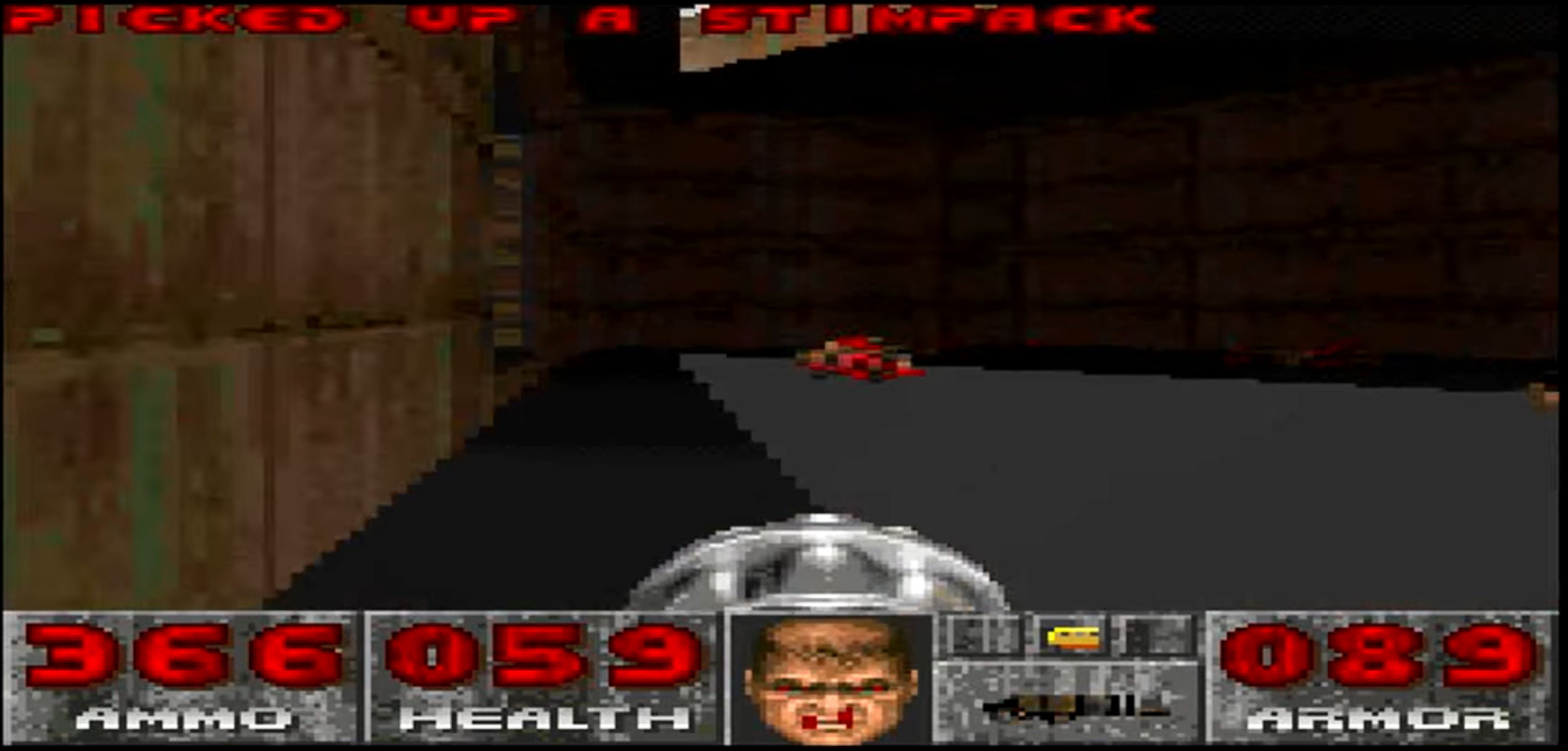








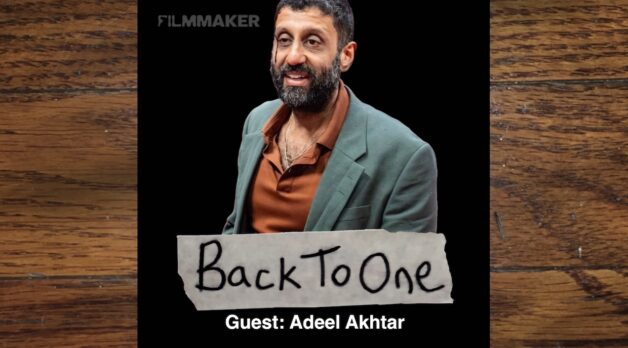






















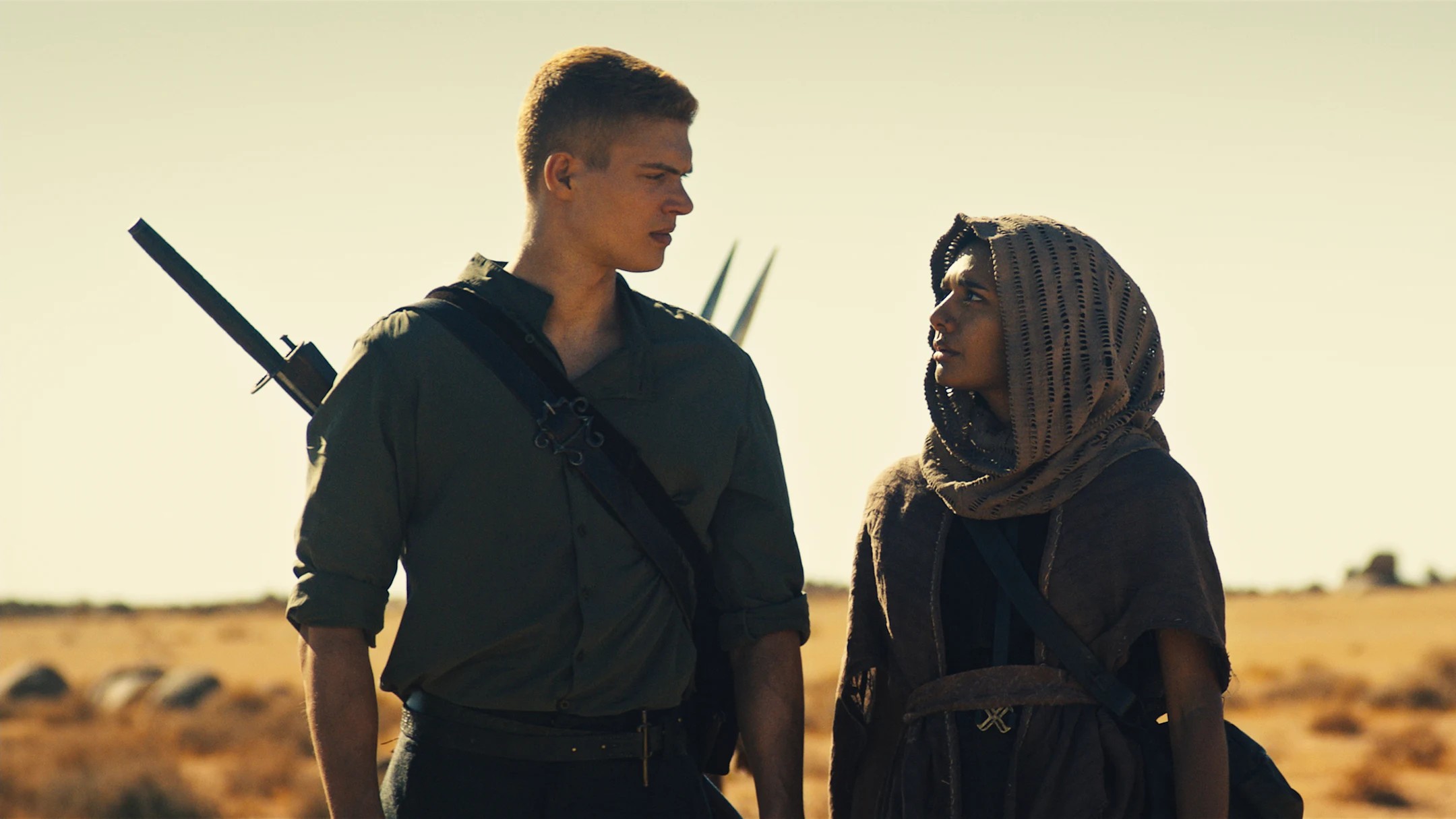

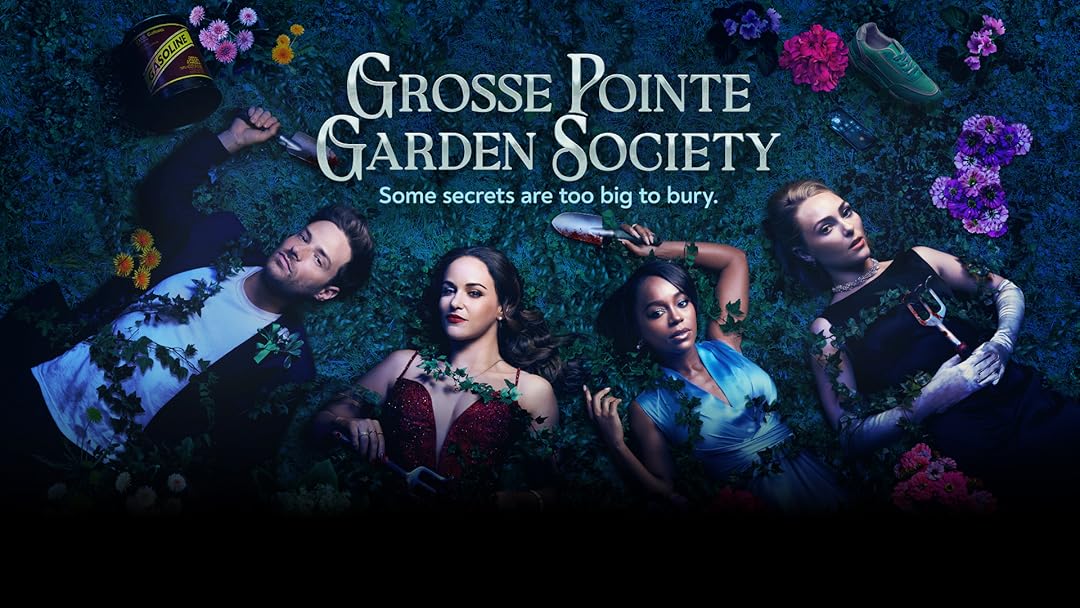
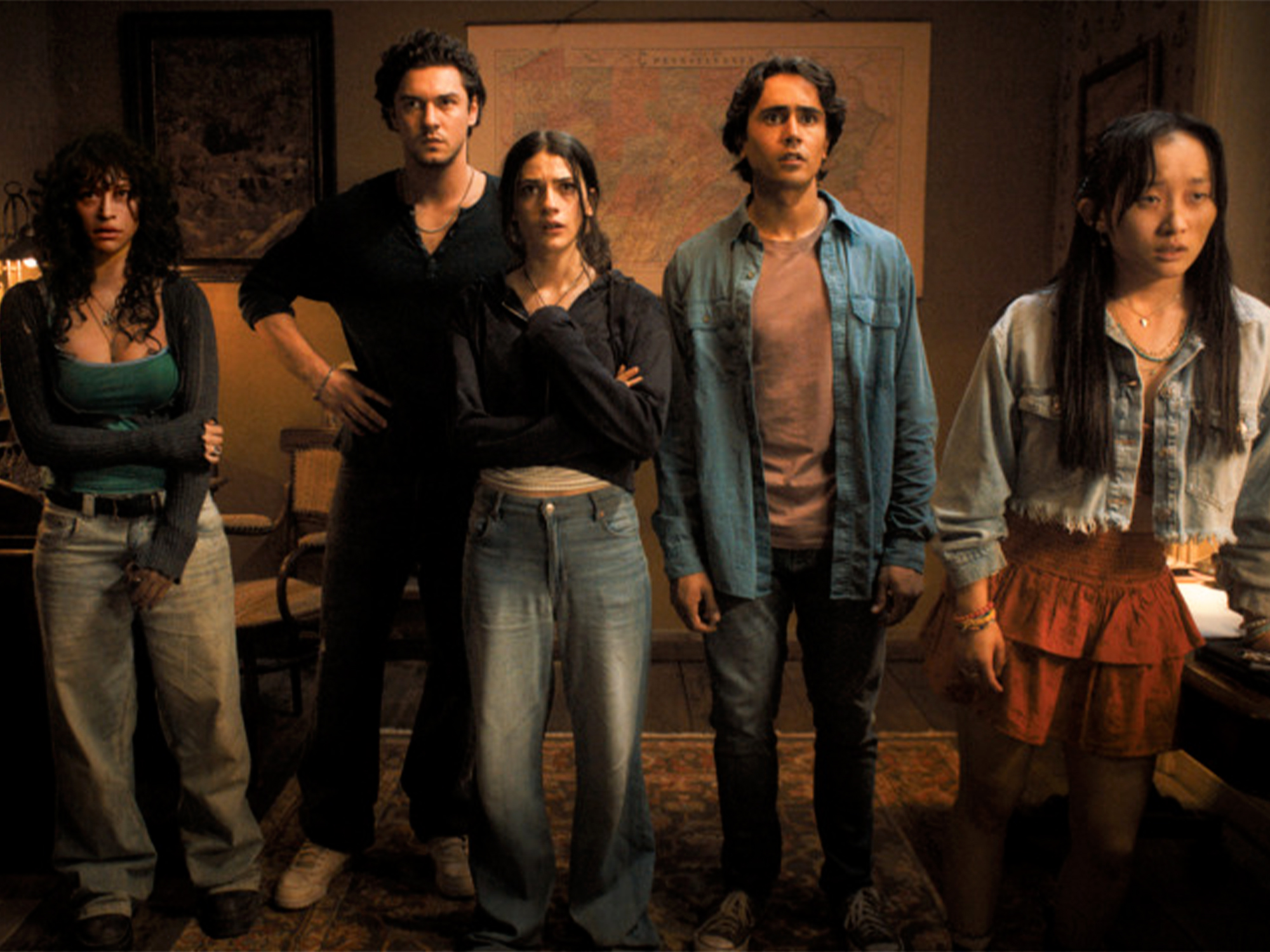









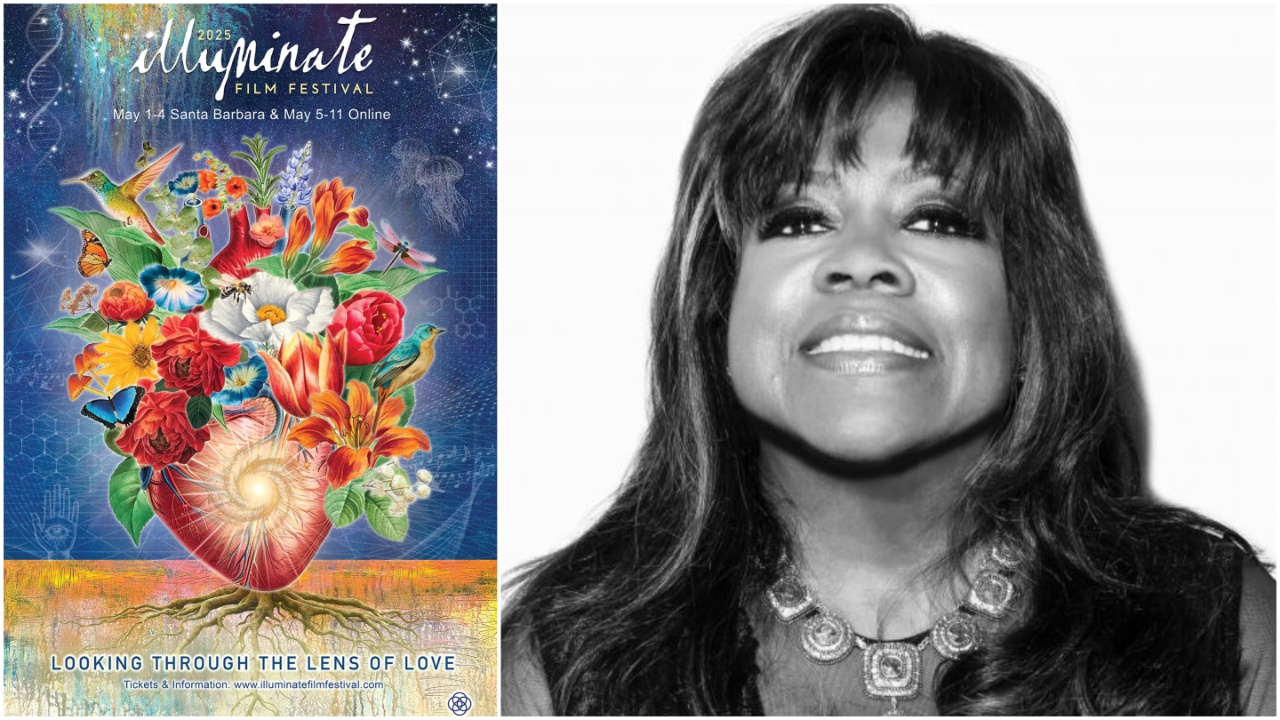






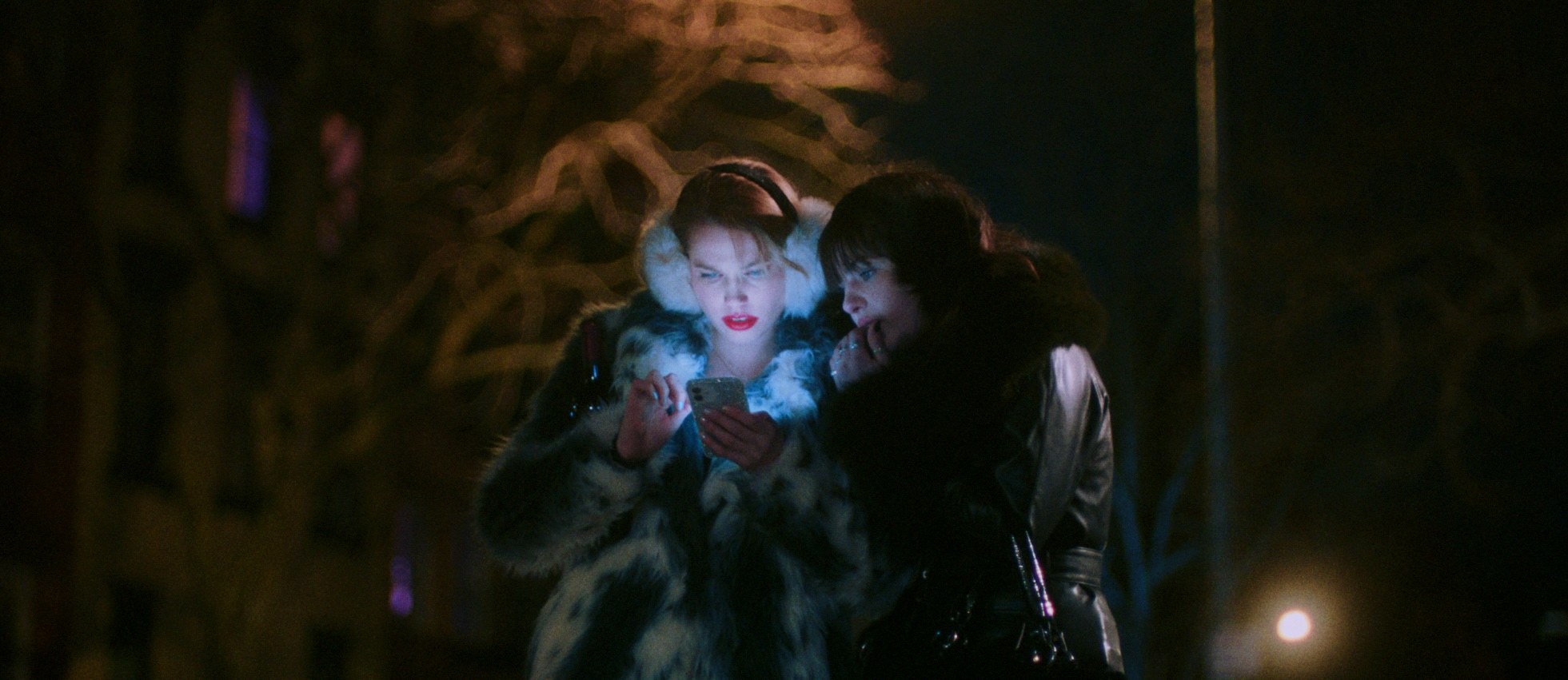

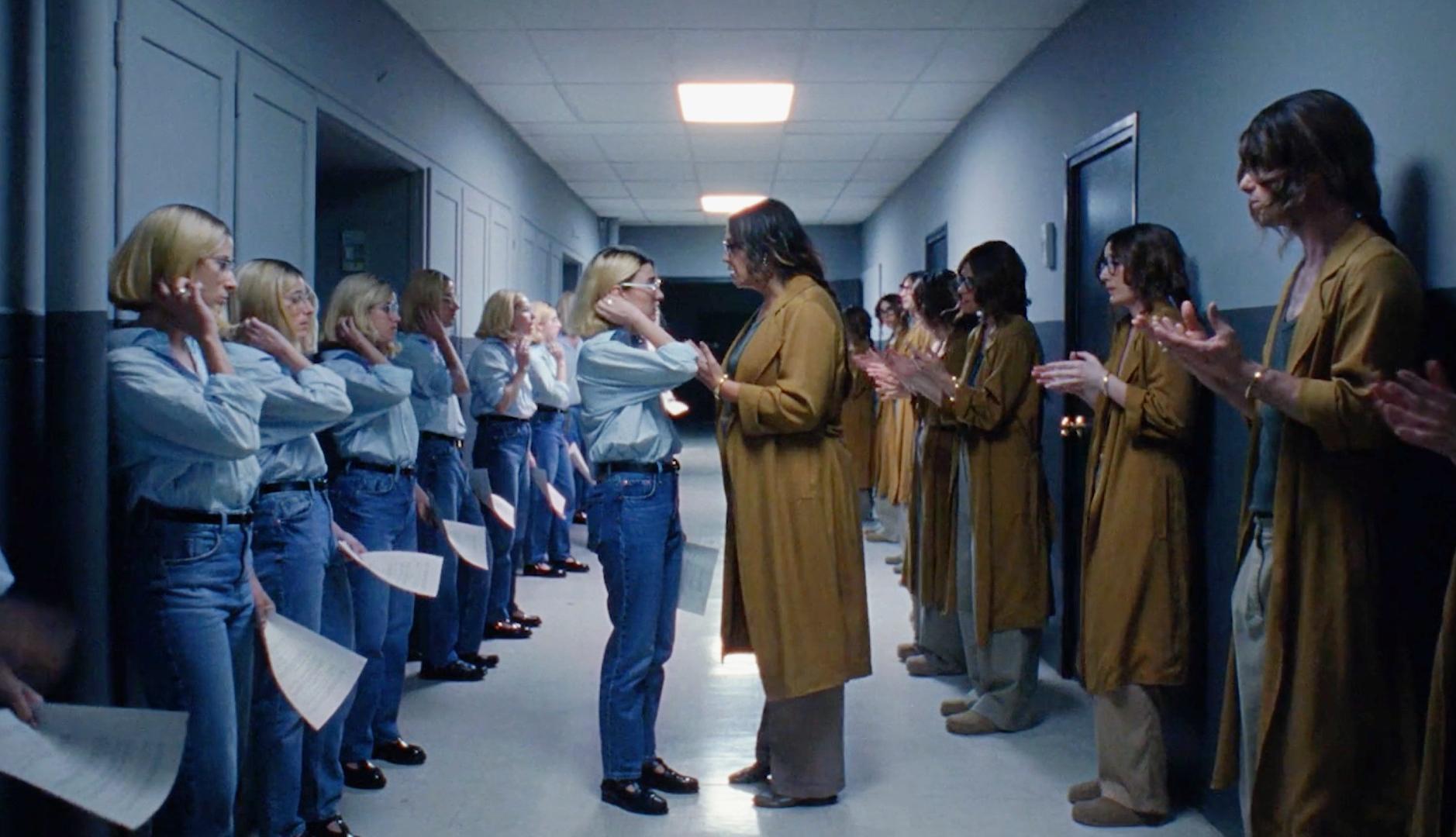

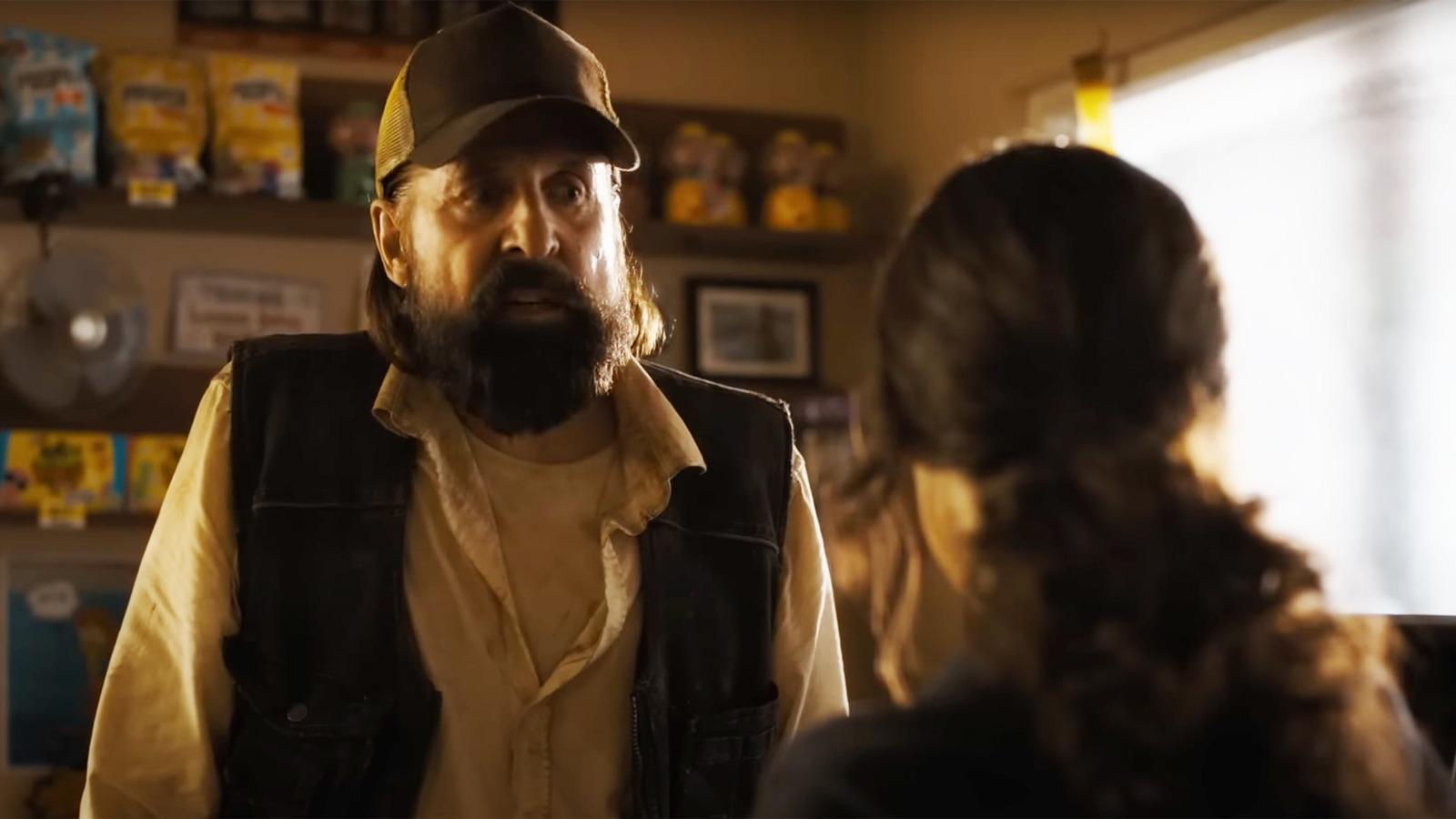











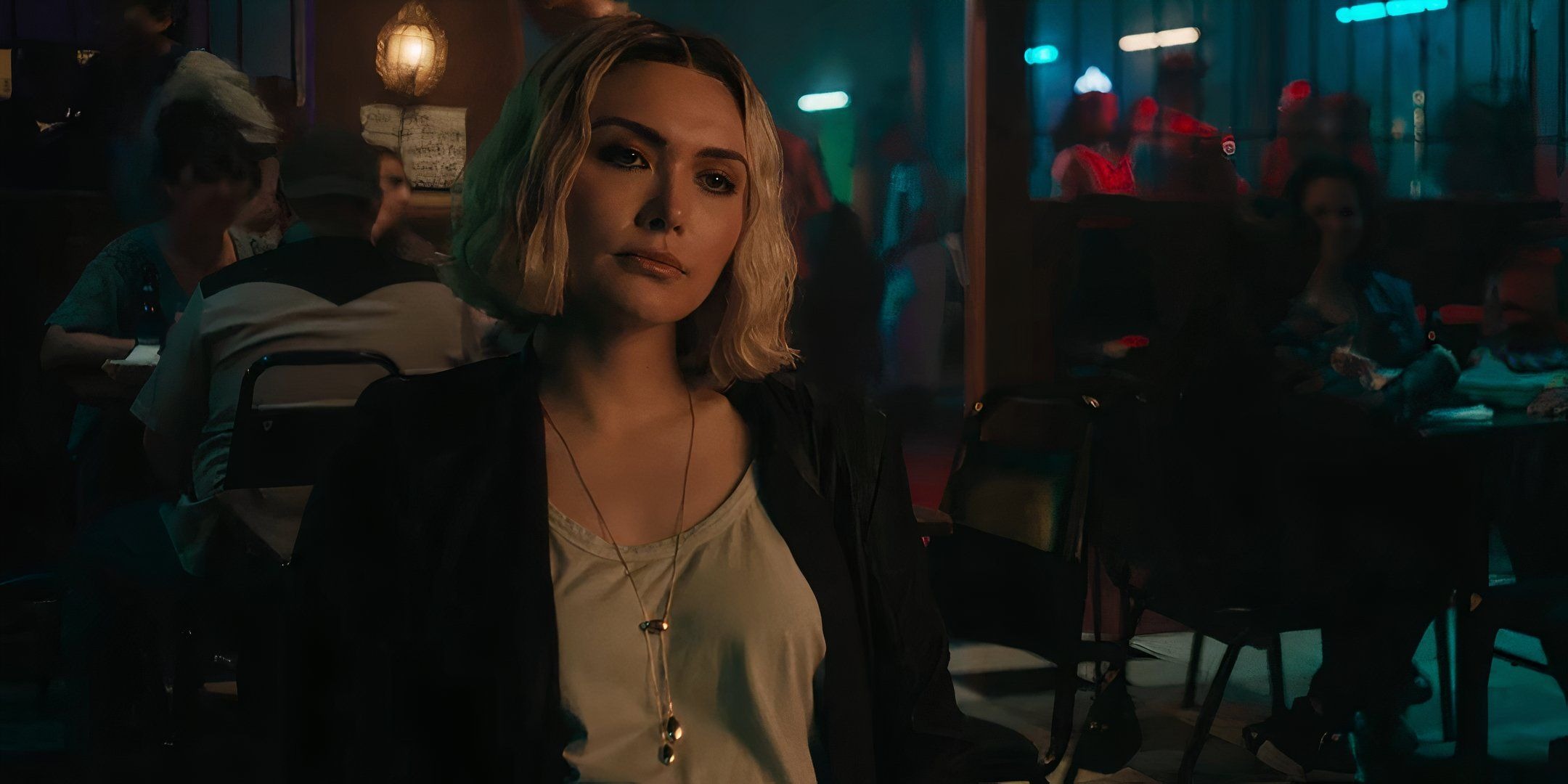

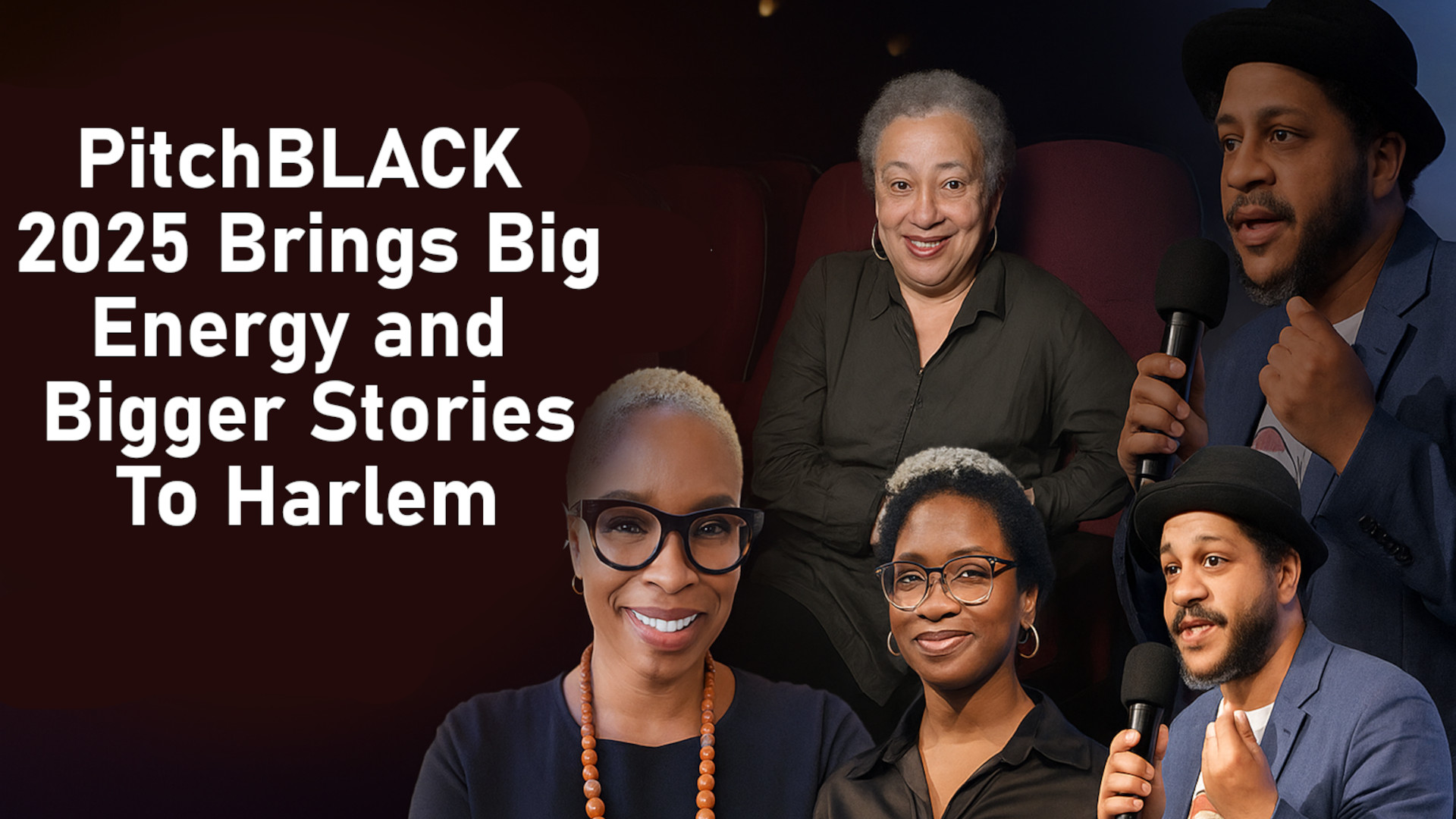


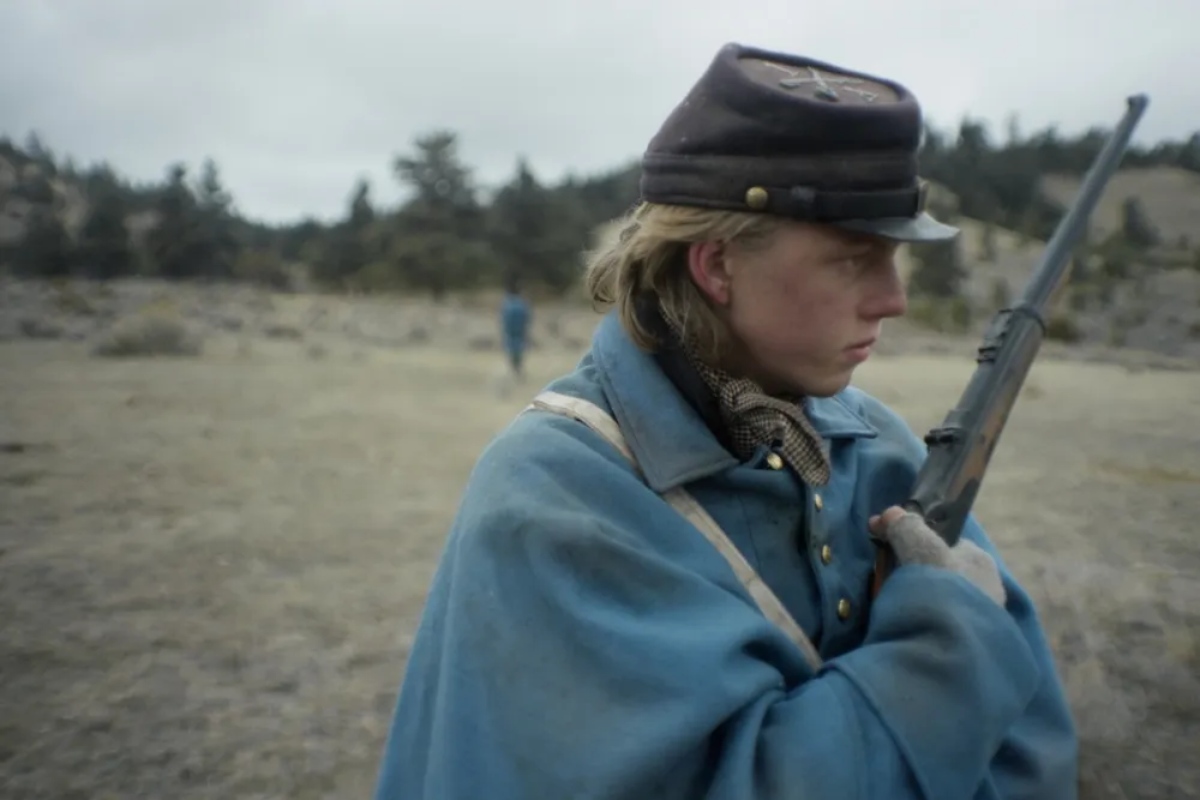

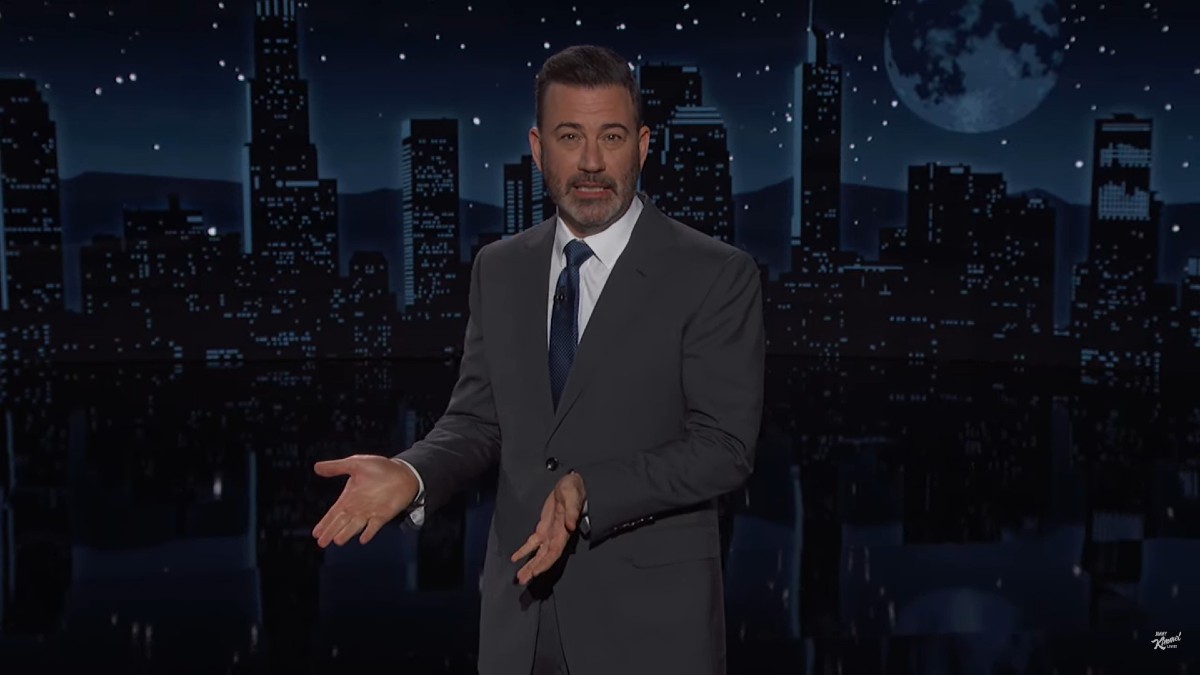

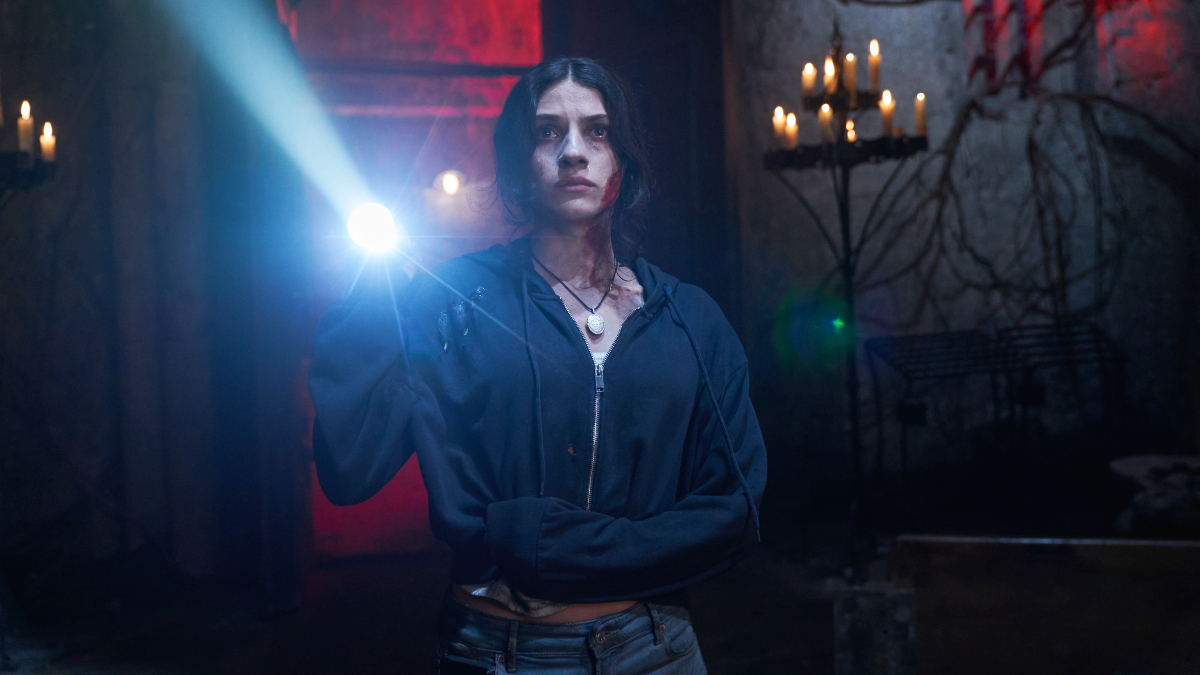









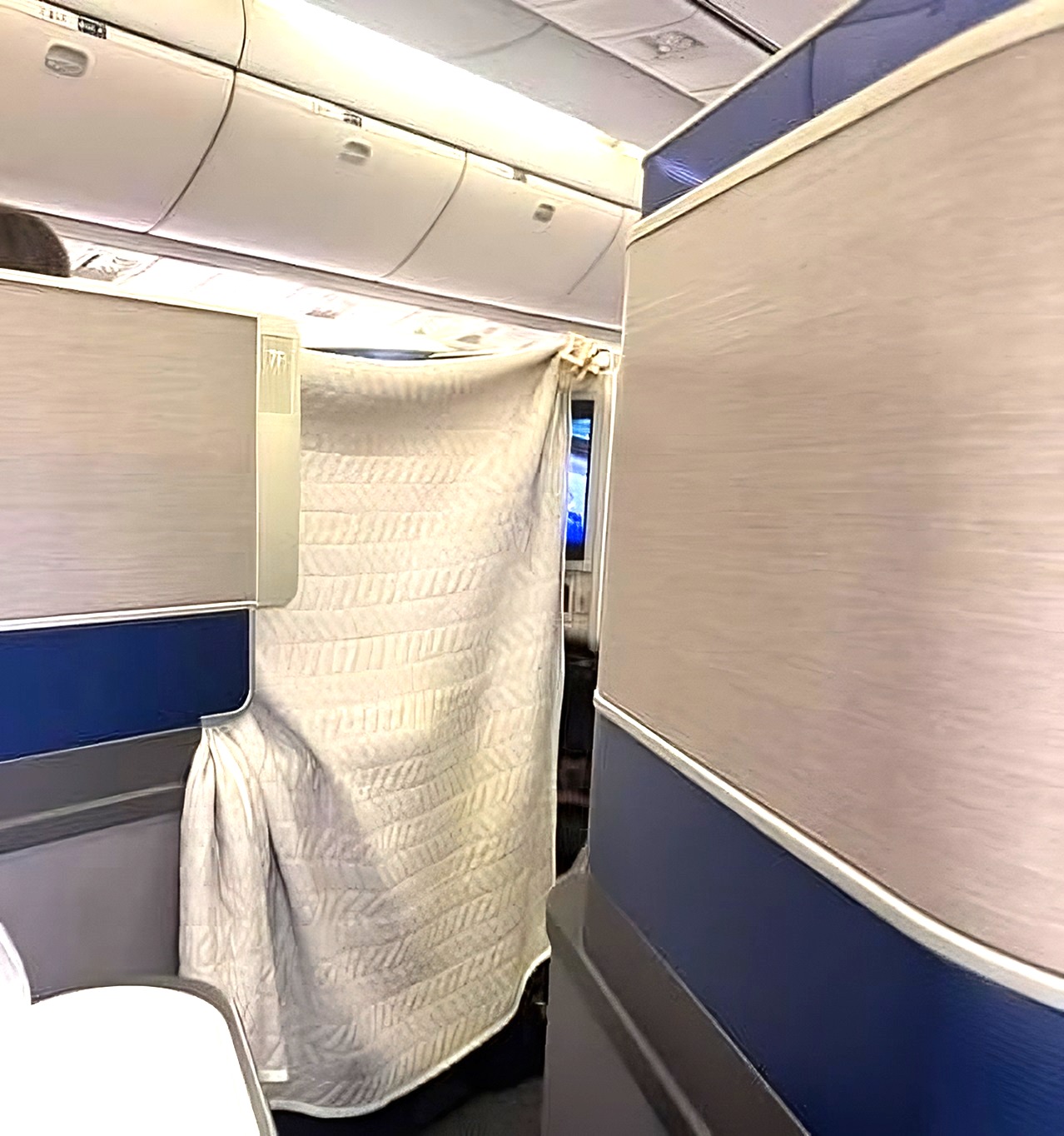


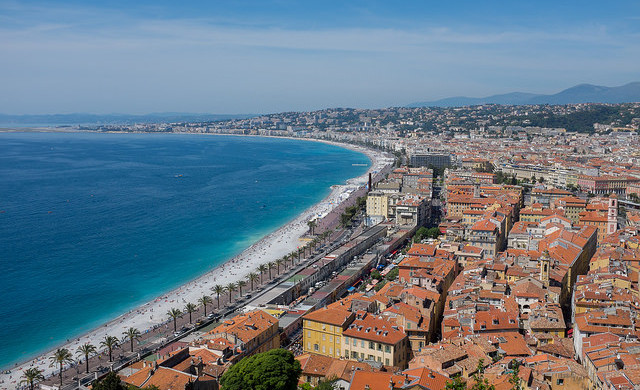












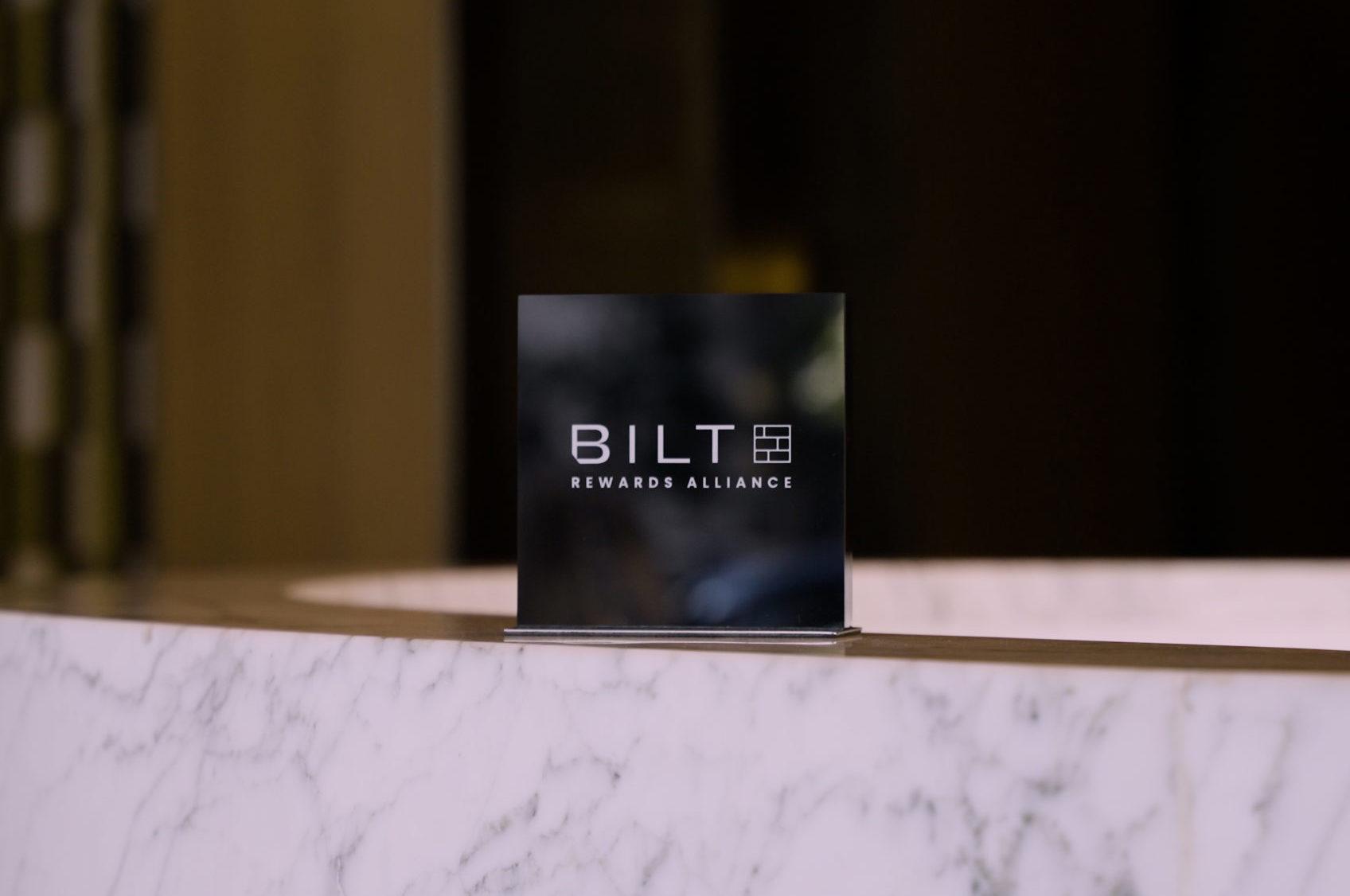










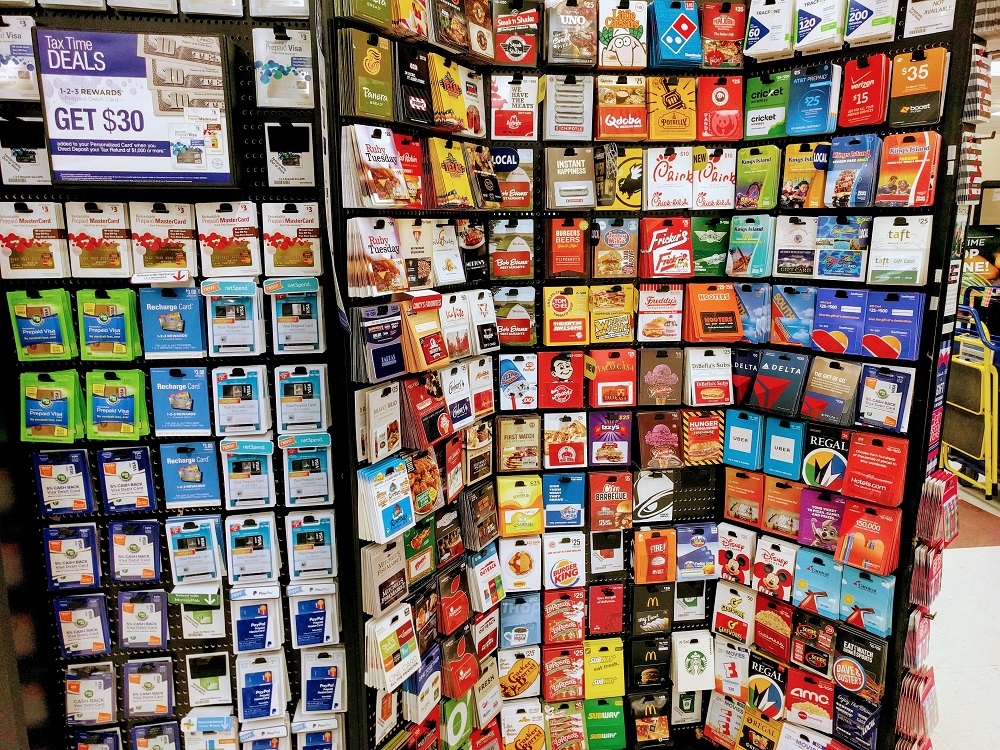
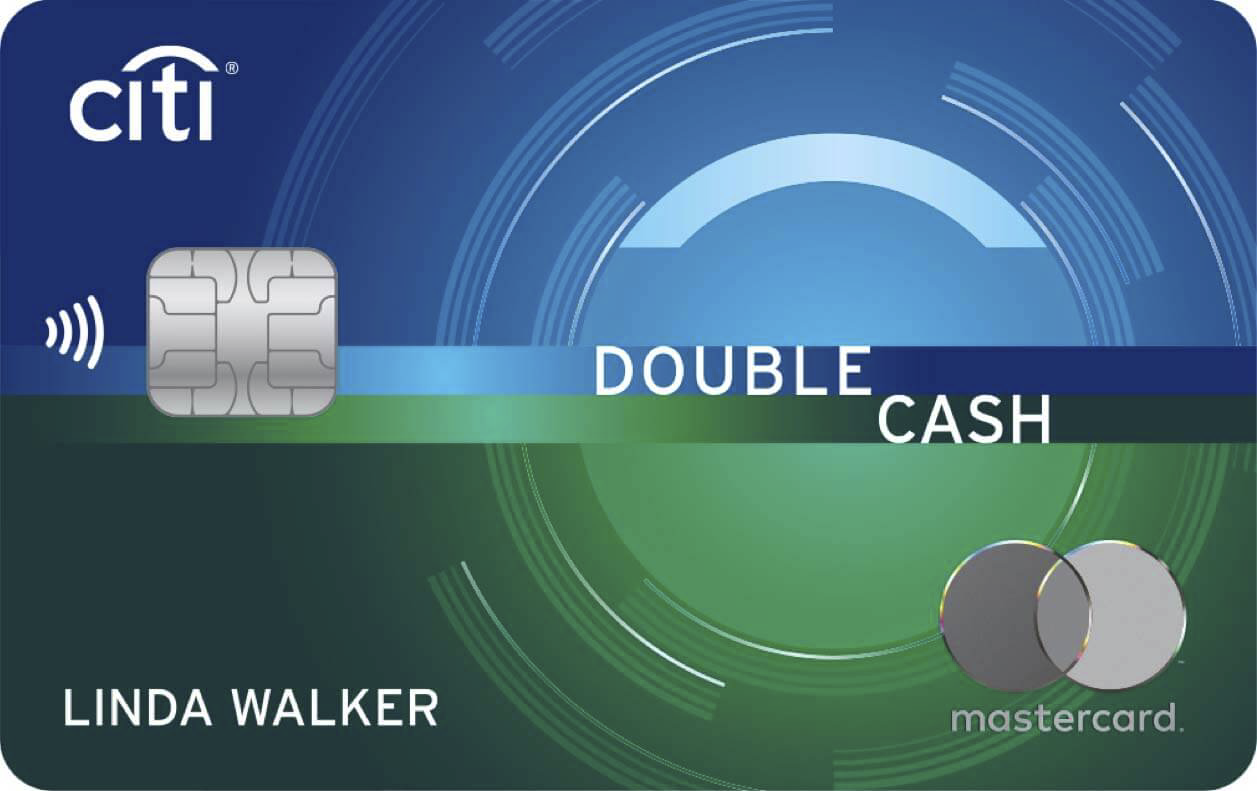
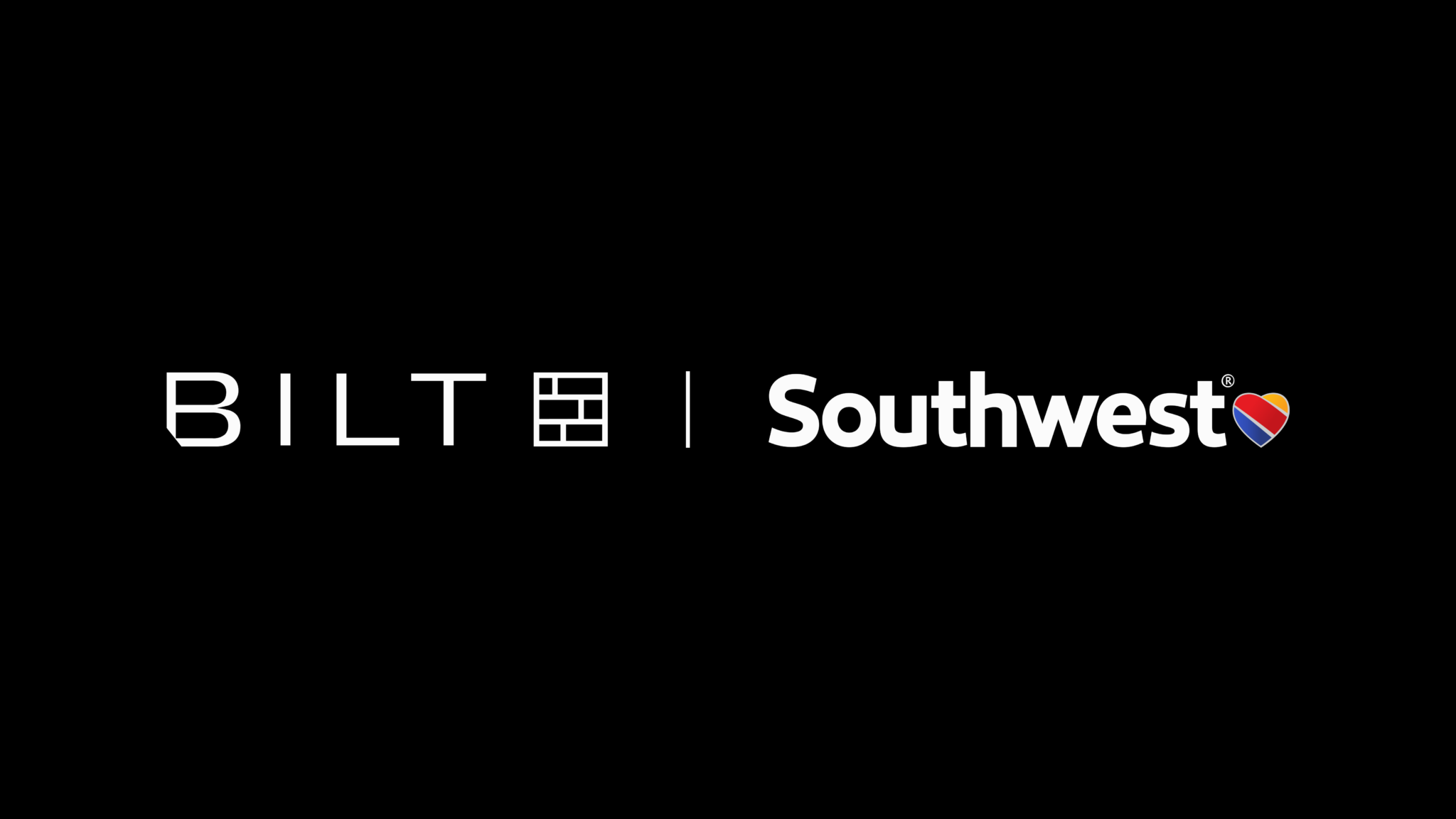
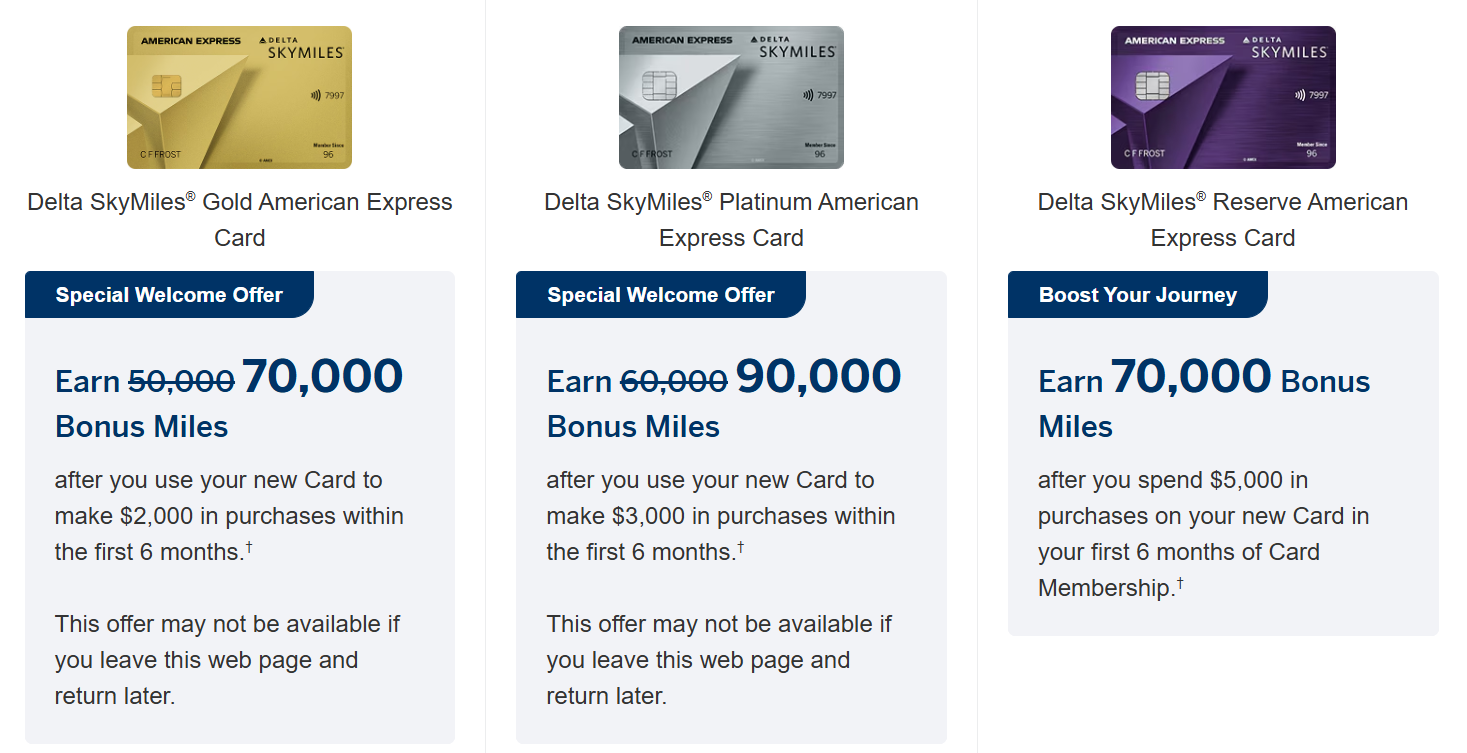







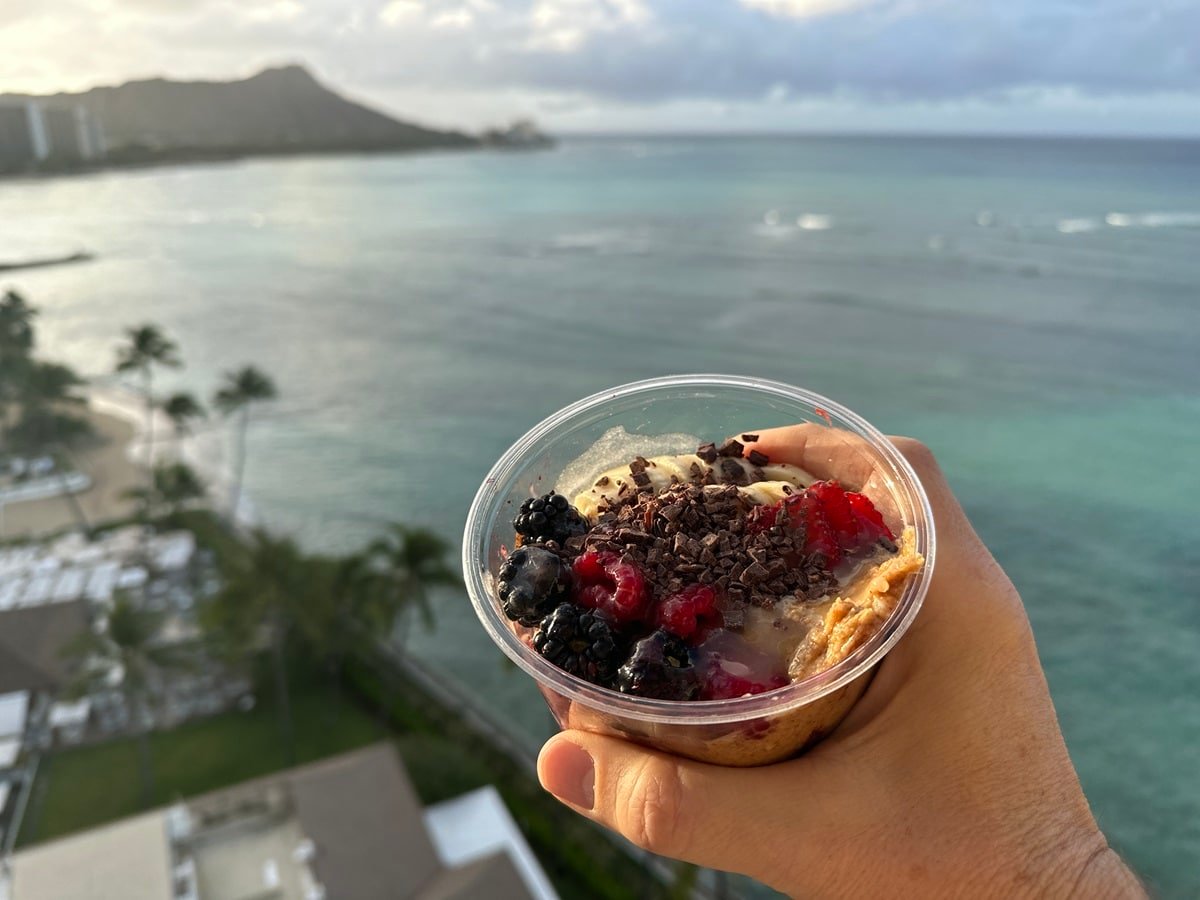















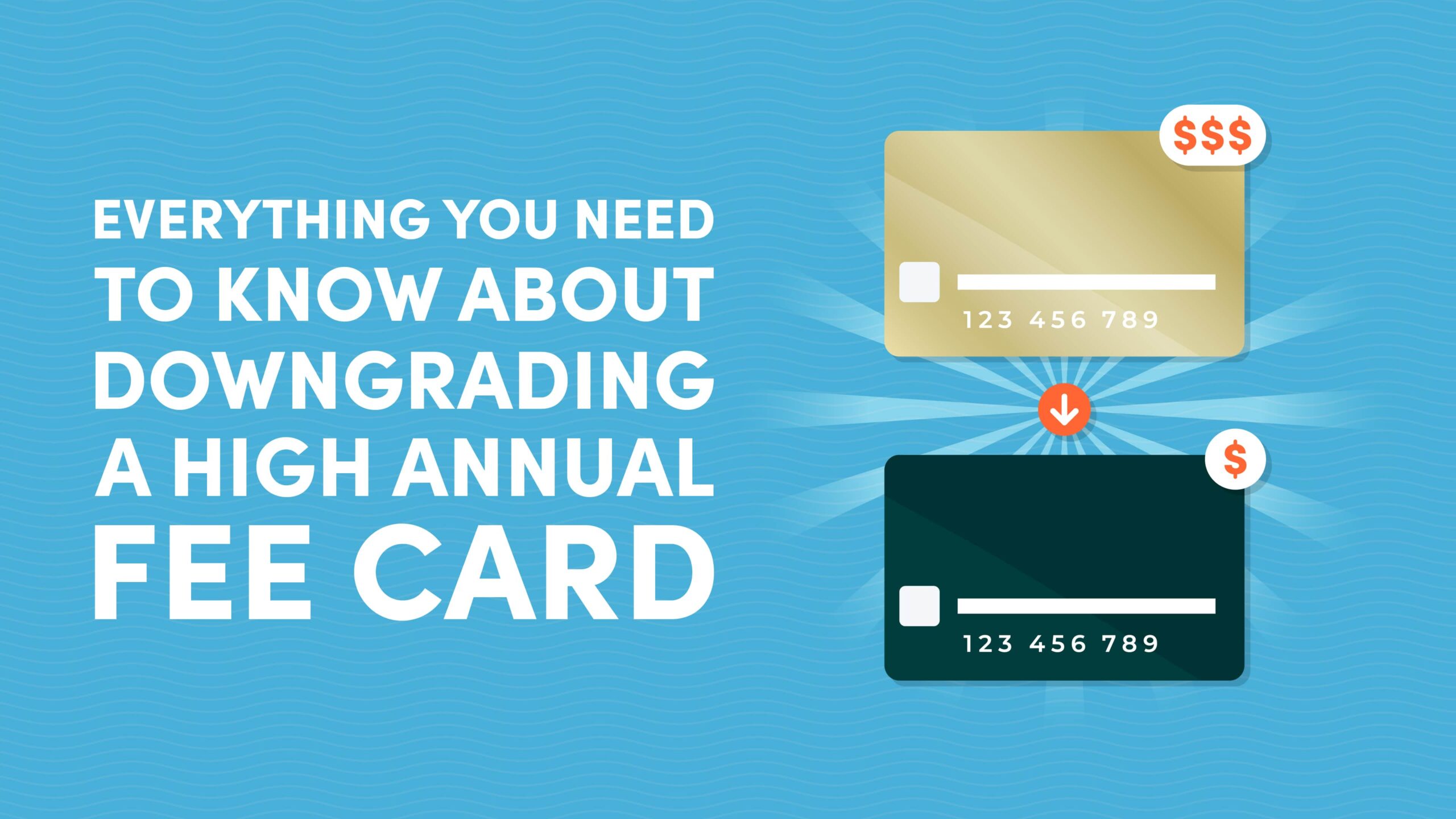





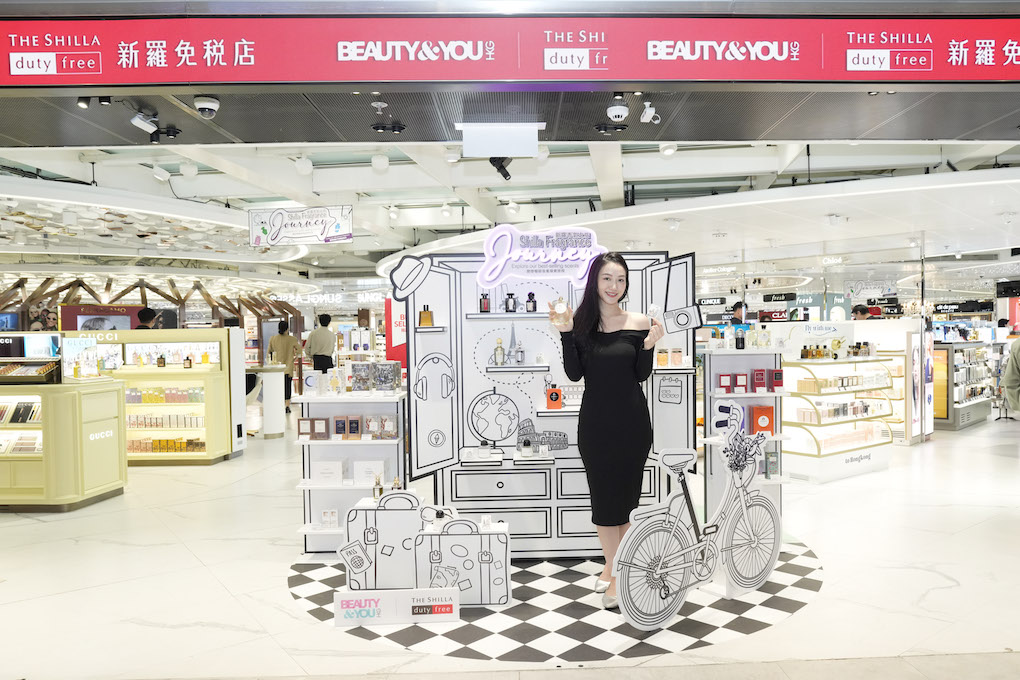





























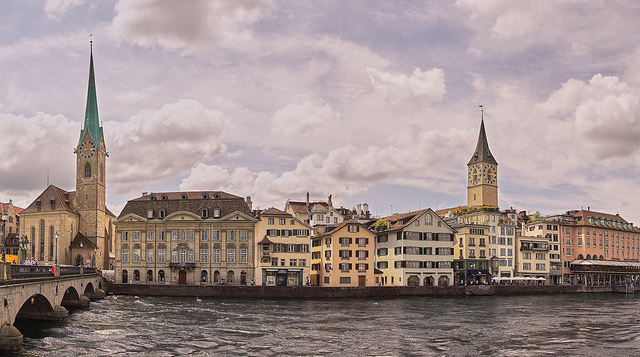






































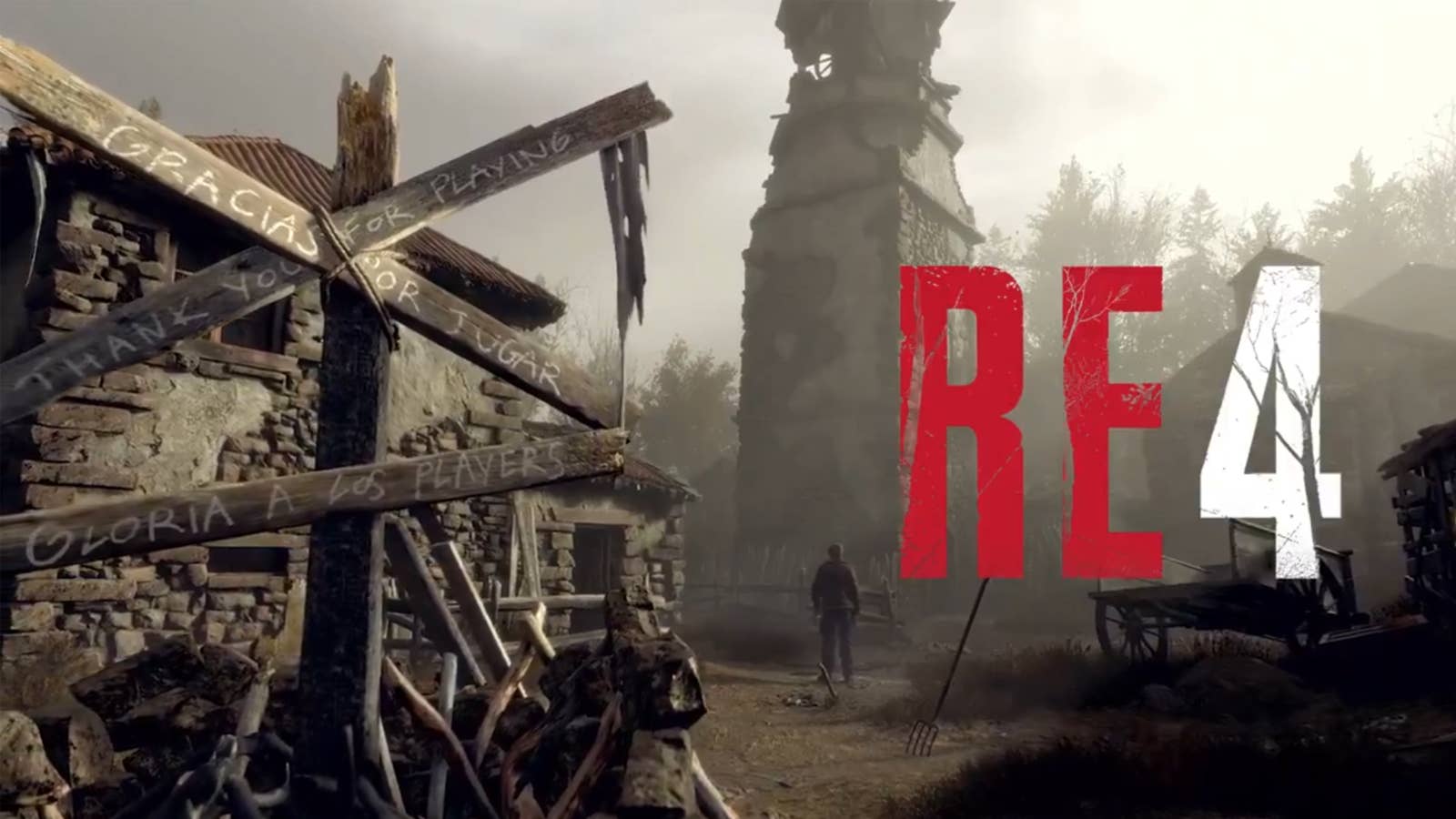
















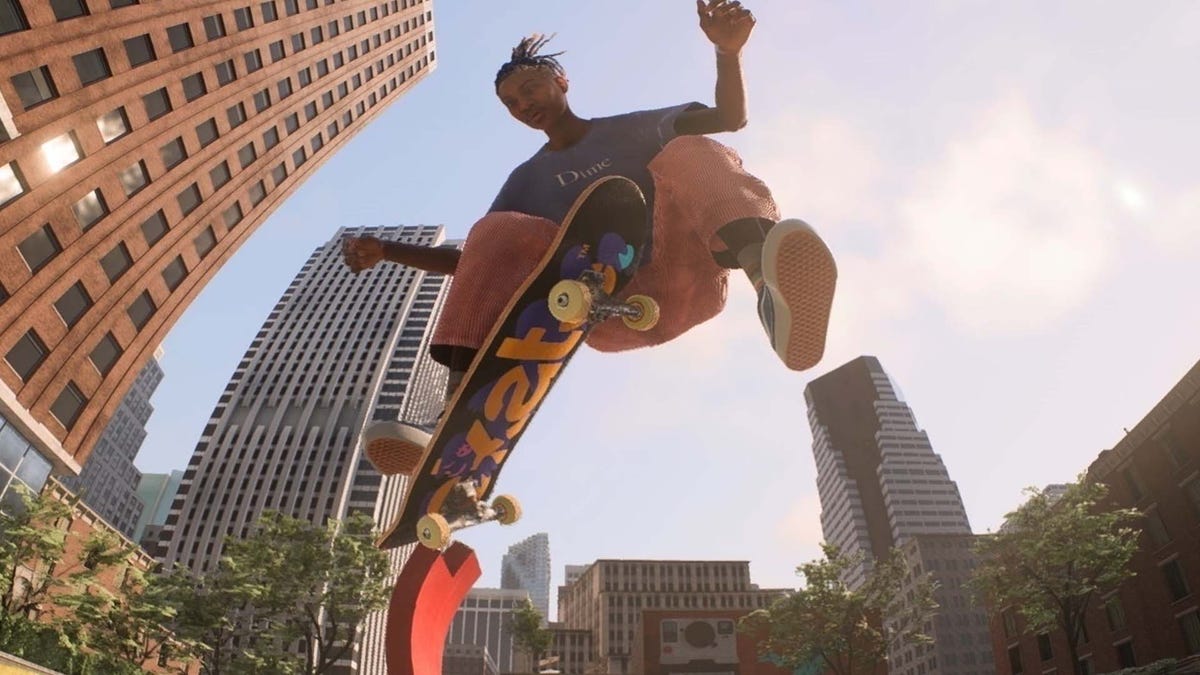









































.jpg?width=1920&height=1920&fit=bounds&quality=70&format=jpg&auto=webp#)










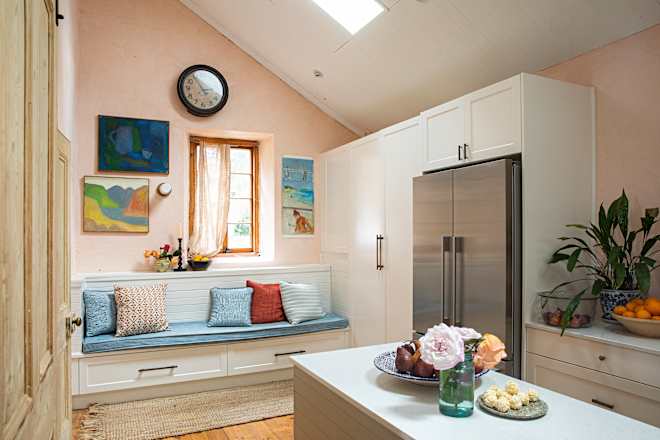




















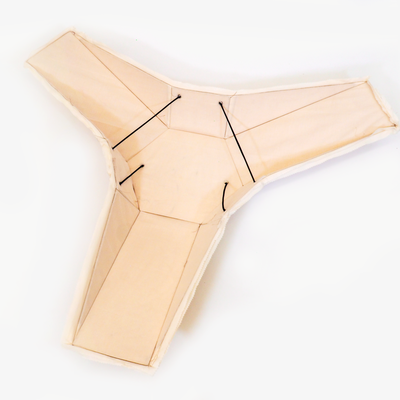
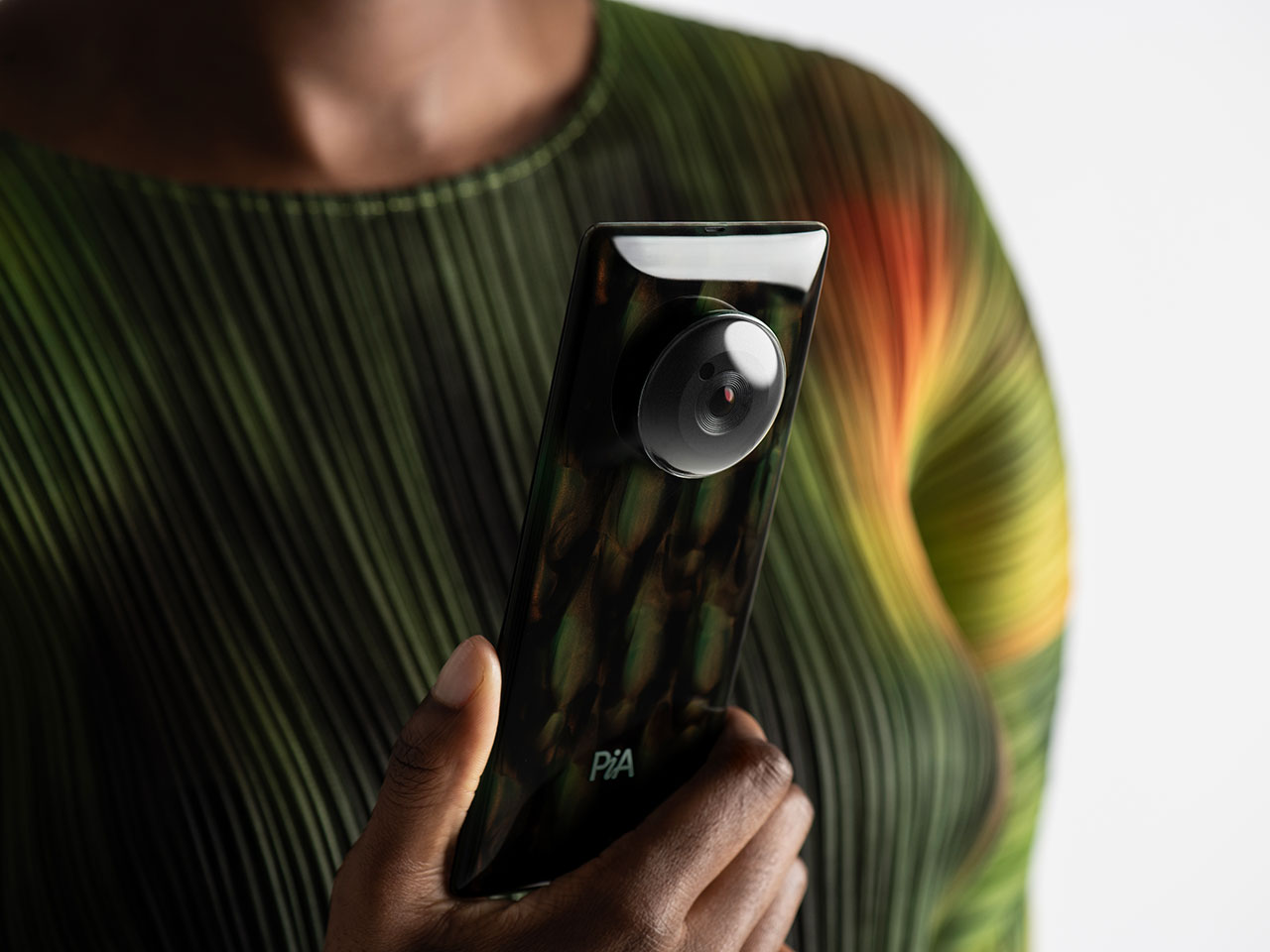
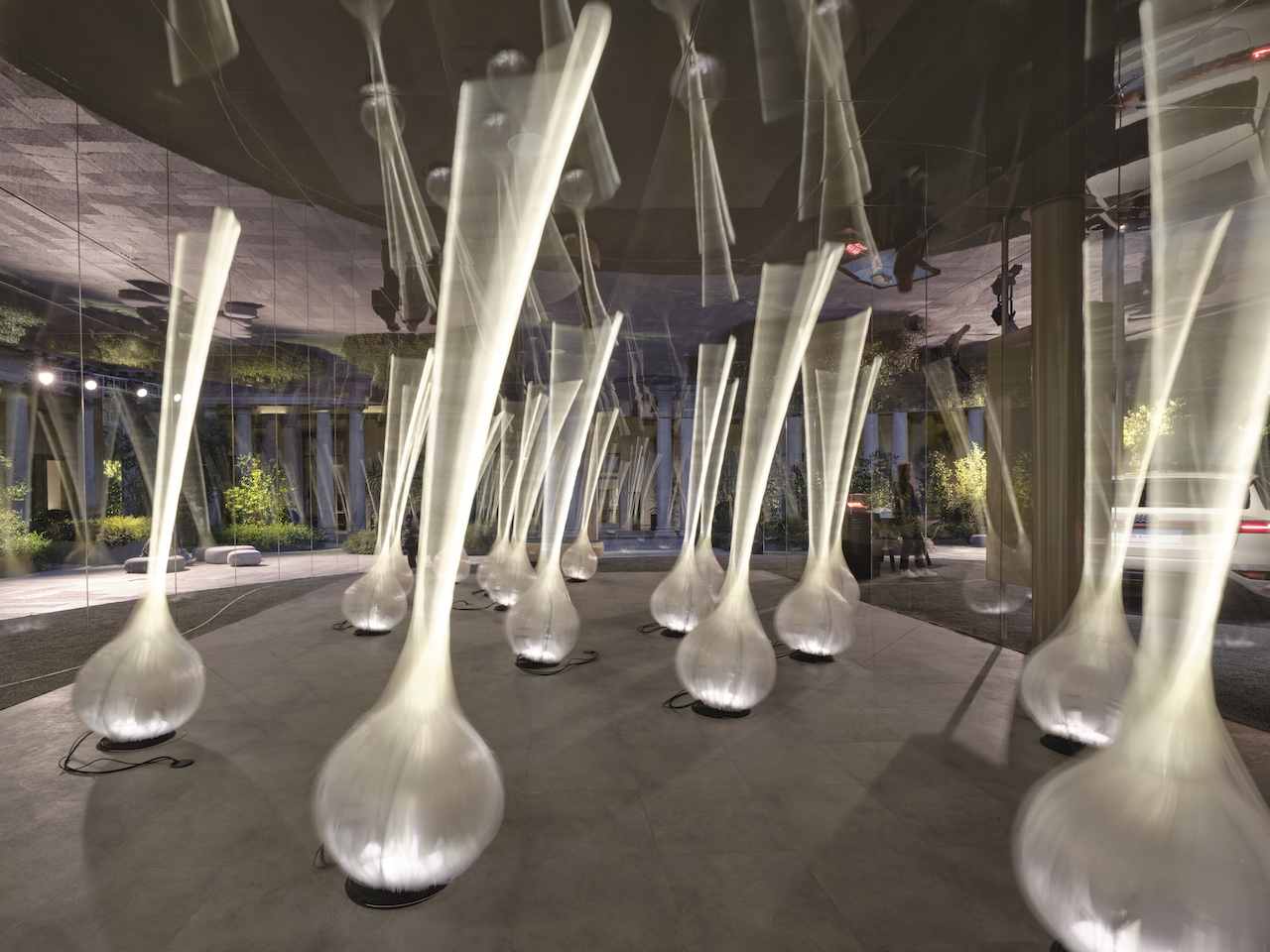























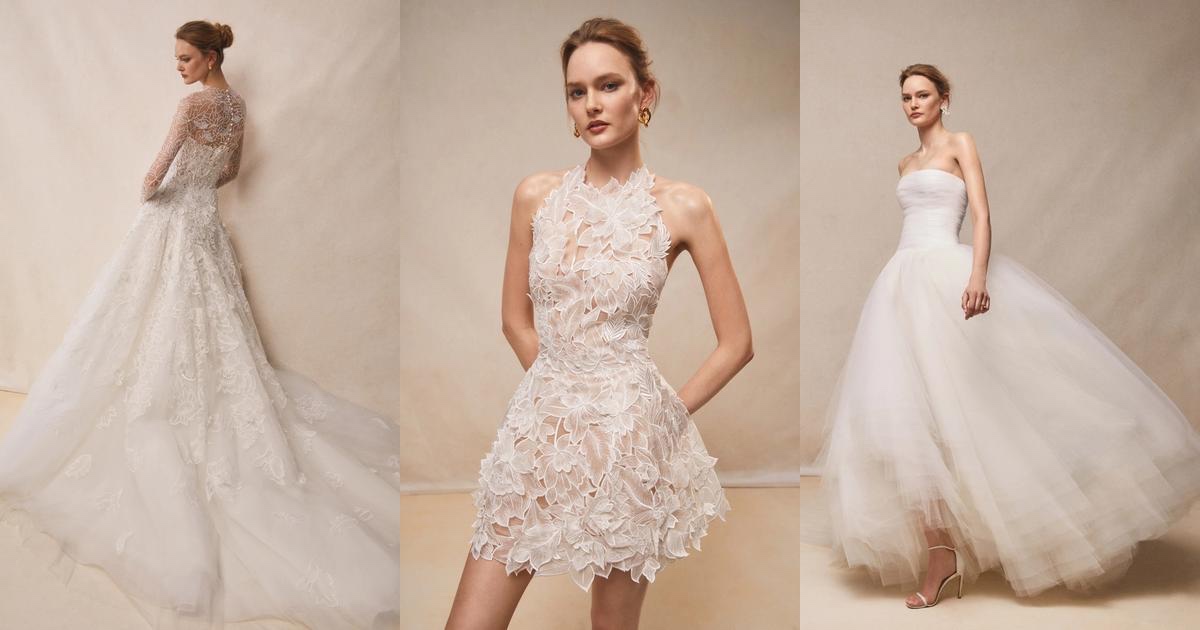
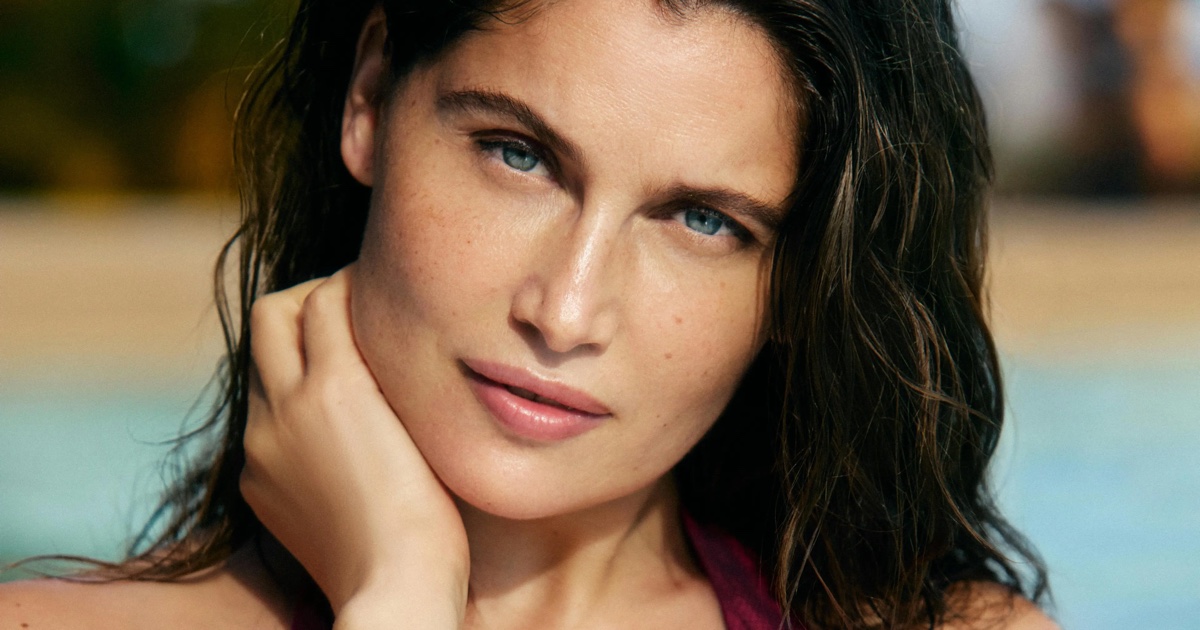
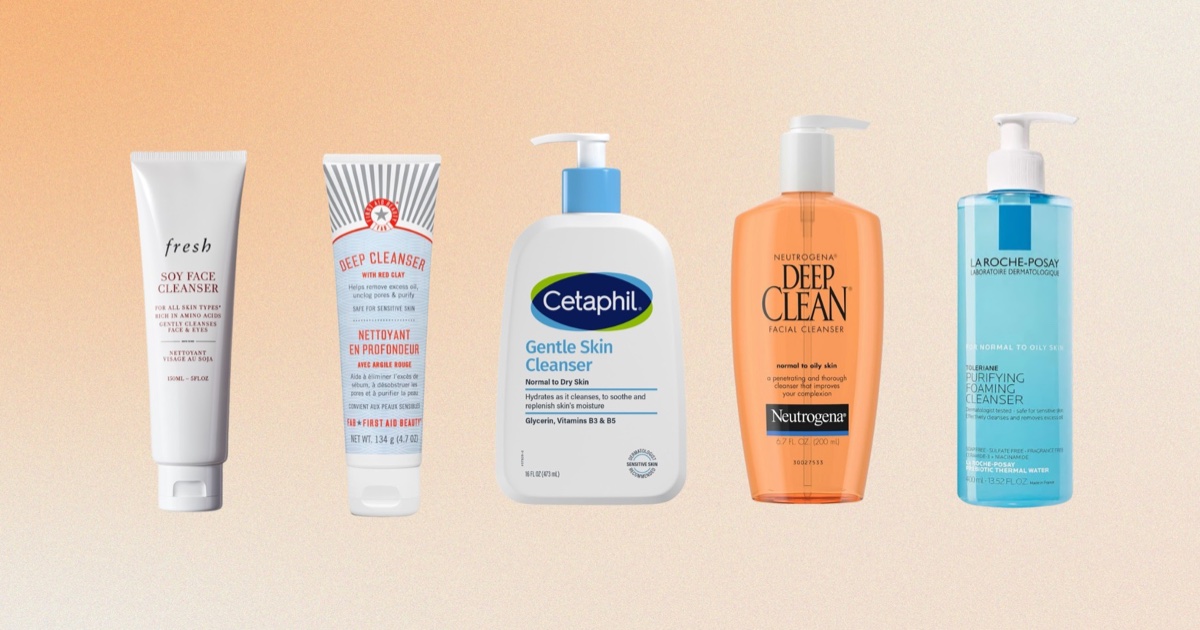
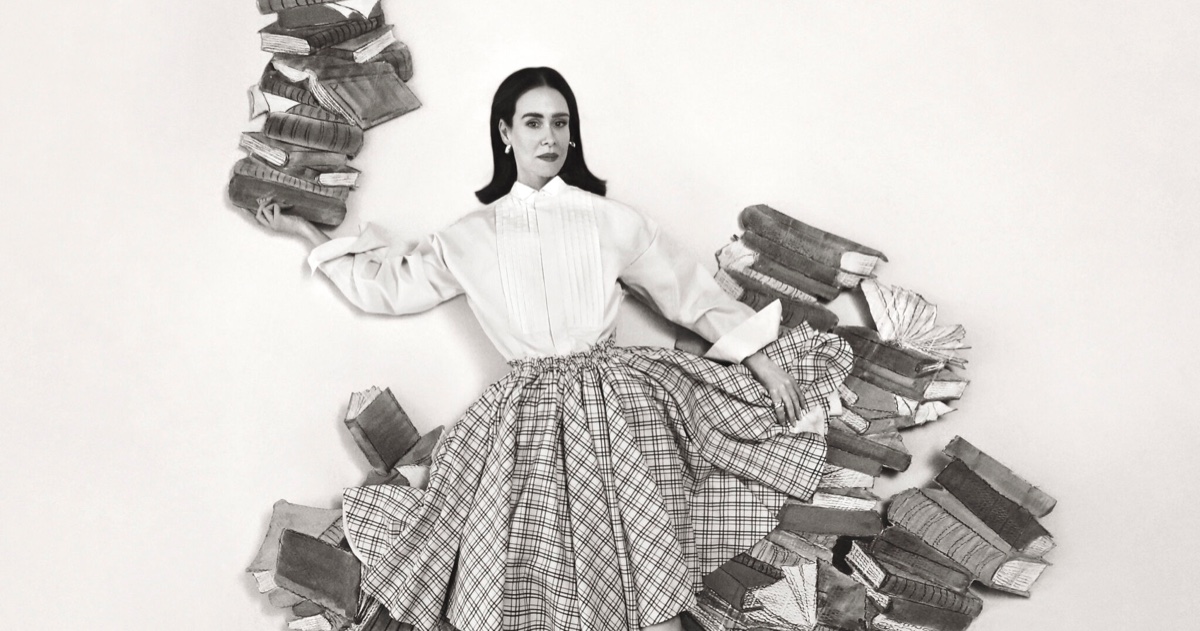
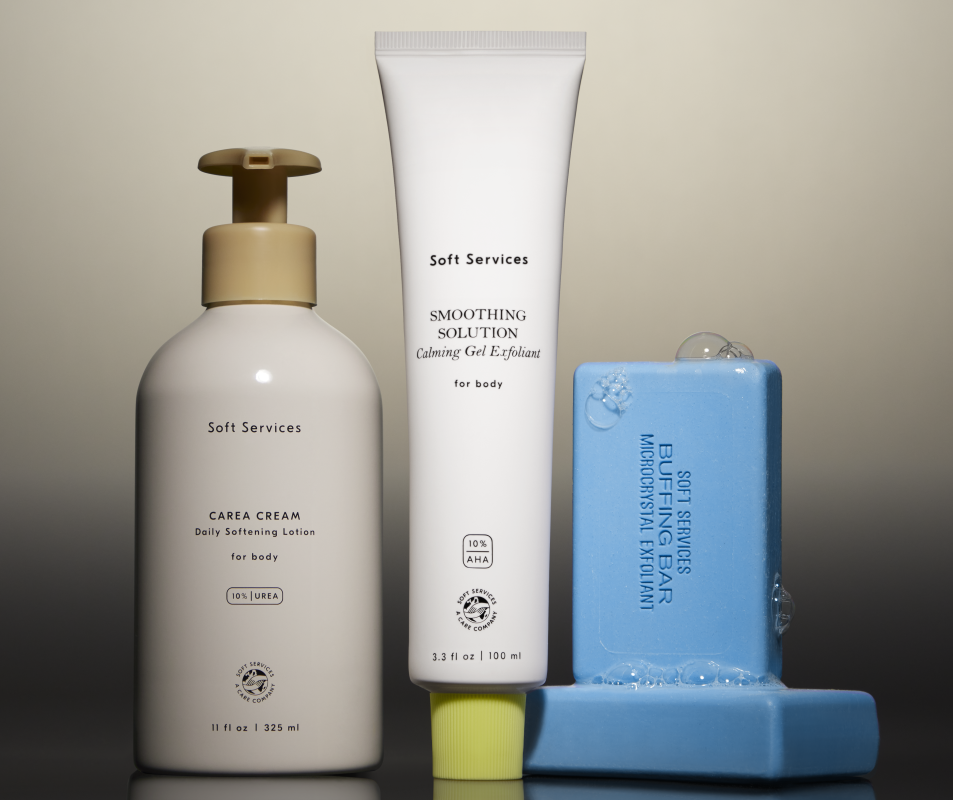
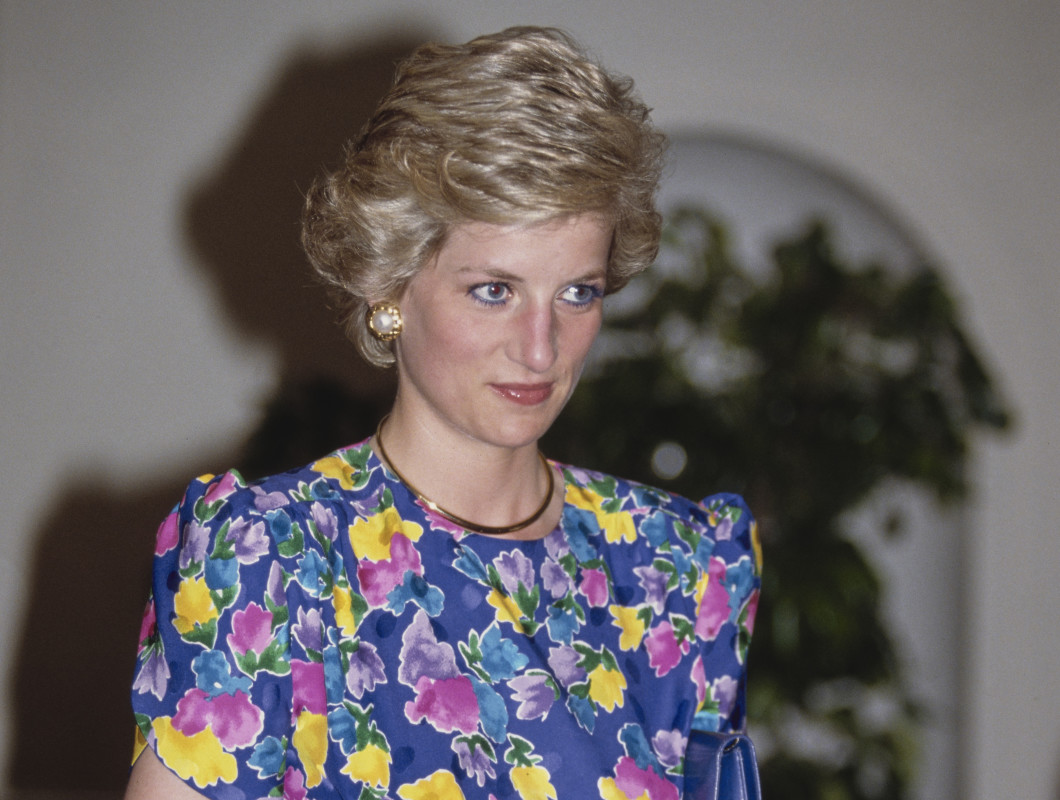
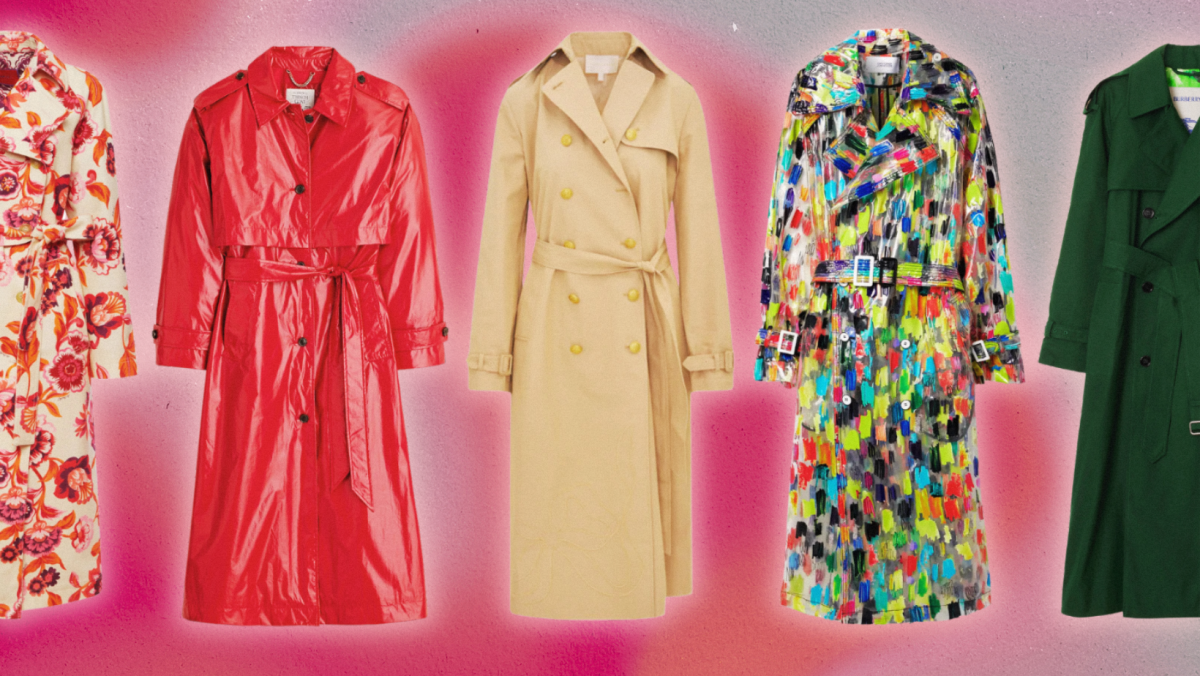
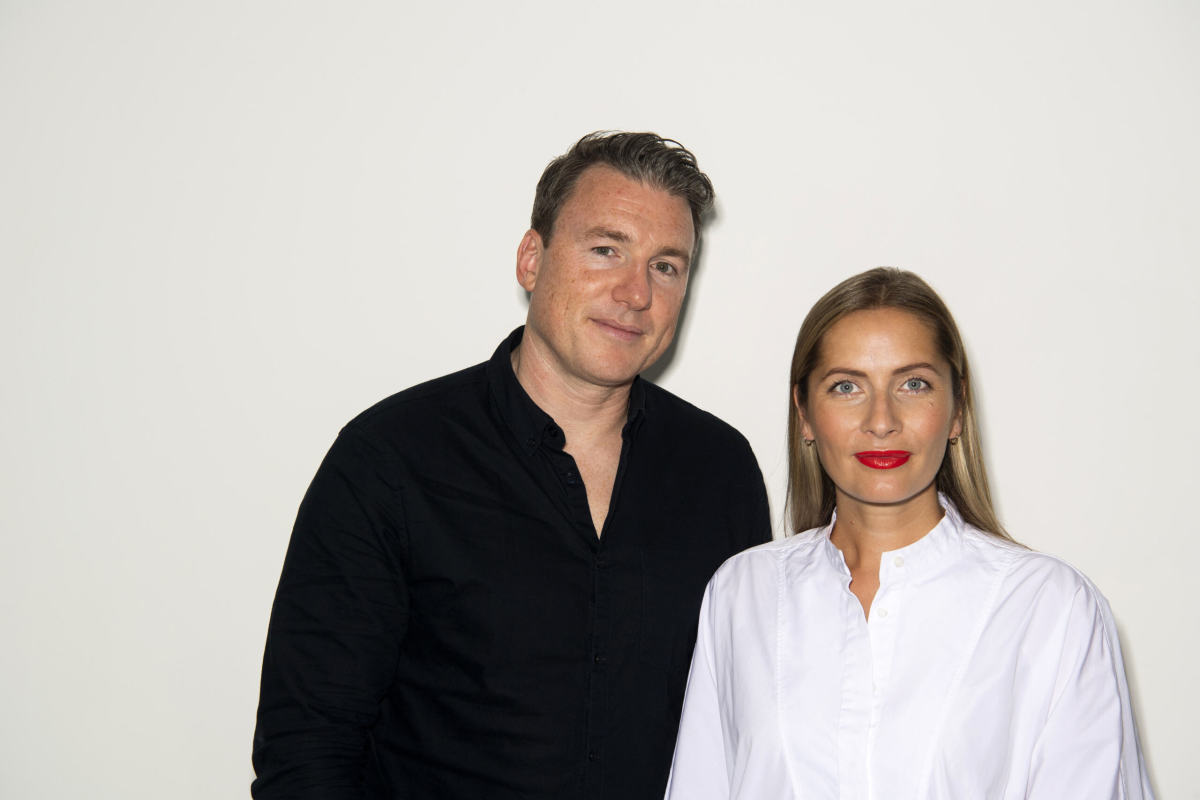











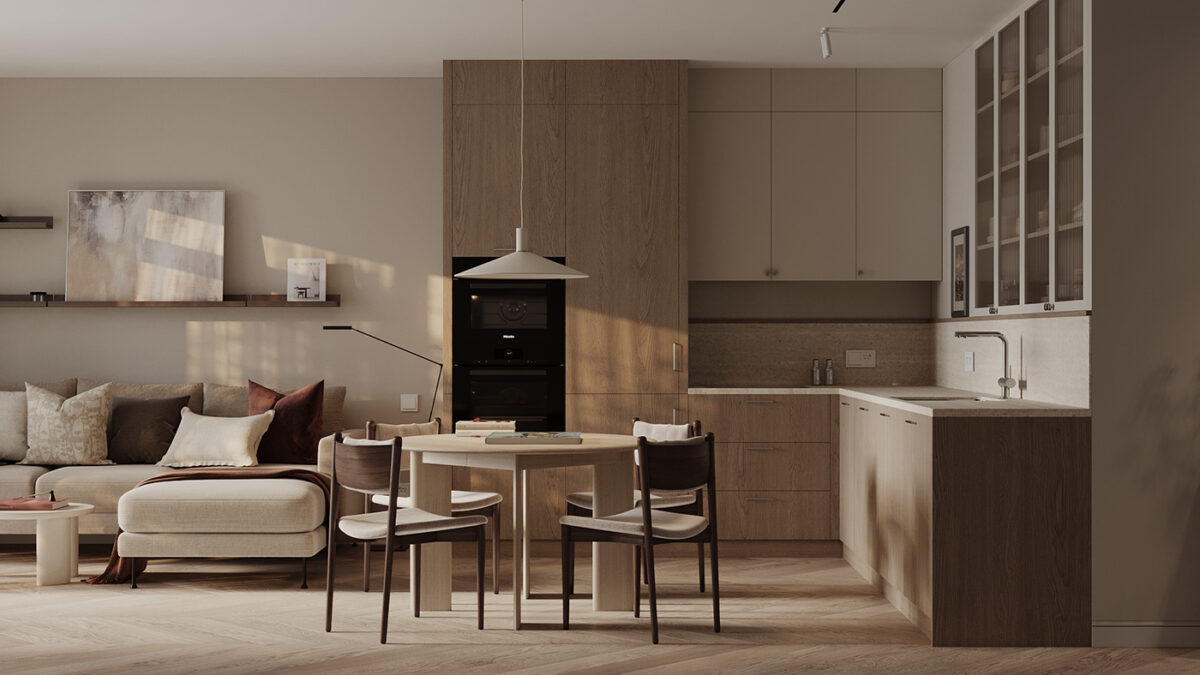



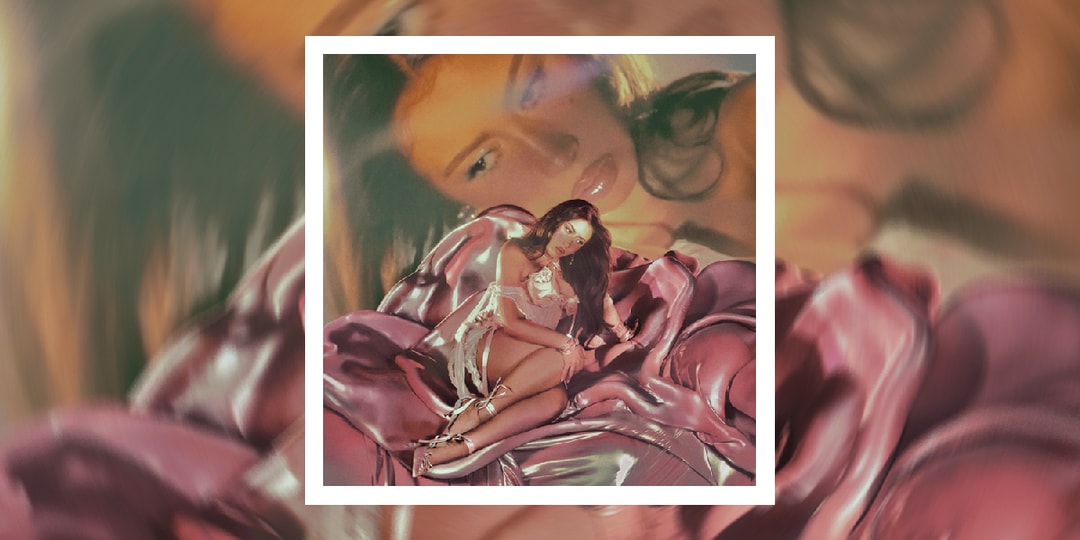

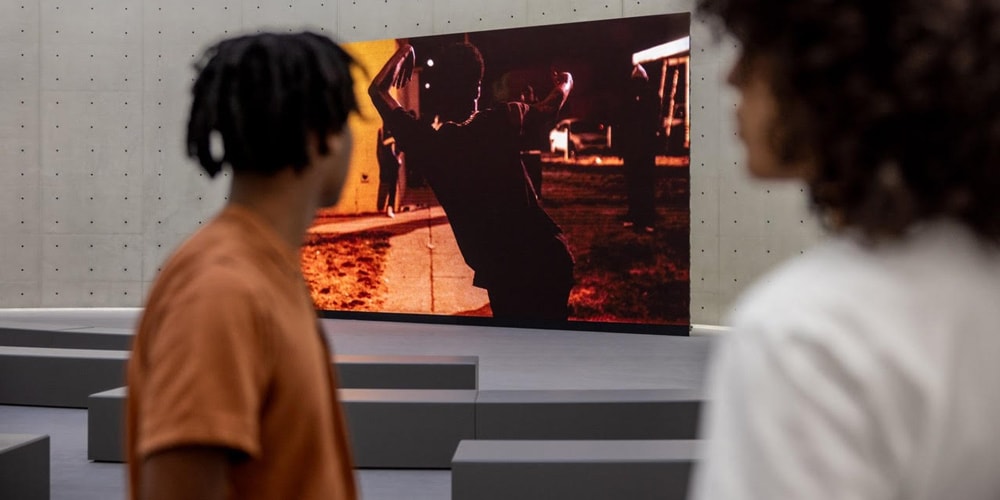

![[Podcast] Unlocking Innovation: How Play & Creativity Drive Success with Melissa Dinwiddie](https://justcreative.com/wp-content/uploads/2025/04/melissa-dinwiddie-youtube.png)



